Stuart, Florida has a small annual air show that proved to be a good opportunity to test the new Canon mirrorless religion against some of America’s greatest aerobatic pilots and military hardware that awes everyone except our enemies. I brought a Canon R5 body and the 800/11 lens (lightweight inexpensive ($900) lens optimized for long walks in search of birds) to the event, setting up at Atlantic Aviation’s barbecue on the south side of the field, which is where you might be if you flew into the event. Most of the spectators are on the north side of the field and therefore would have had the sun in the background of many images.
Perhaps partly due to the fact that we were usually a little farther from the planes than the main crowd, magnification was about right for a lot of the solo planes. A longer lens would not have been welcome as it was already tough to find moving aircraft in the sky with the lens after first locating them with the unaided eyes. A 600mm lens (on a full-frame camera) is probably better if you’re in a more standard position and then a zoom lens covering 200-400mm for formations and big aircraft (e.g., Boeing 737 and larger).
All of the pictures had the wrong timestamp. A $4,000 camera with WiFi and Bluetooth cannot set its own clock, time zone, or Daylight Savings Time status, unlike the $29+ that we’re accustomed to purchasing for our houses and pockets. (Every photo off by one hour because I hadn’t gone deep into the menus to turn off DST)
Battery life on the R5 was just about perfect for this project, which resulted in 911 pictures and a couple of minutes of video. The battery was at 30 percent at the end of the 5-hour project.
I’m a raw beginner with this body, so my configuration was very simple: servo autofocus (defaults on the zones and other modes), high-speed drive (8 frames/second; not the 12 fps “H+” mode); shutter-priority autoexposure (the lens is at a fixed f/11, so the camera will adjust ISO based on the scene brightness) at 1/1600th to 1/2500th depending on the aircraft speed. No monopod or tripod (i.e., handheld and rely on in-body and in-lens image stabilization). Some of the images below are cropped, but not are post-processed for exposure or in any other way besides downsizing to 4k resolution (3,840 pixels wide) in the remnants of Google Picasa.
So that you don’t give up on this post, a successful slightly cropped F-16 image, the demo team (pilot: Garret Schmitz) showing the taxpayers a thrust-to-weight greater than 1:
Some jumpers who wouldn’t have registered on a shorter lens:
A heritage formation (F-22, P-51 Mustangs, F-16) that fit:
The AeroShell Aerobatic Team (showing just how loud the AT-6 can be):
The last image is uncropped and included to demonstrate how well the EOS R5 does with exposure in a tough situation (white clouds surrounding the subject plus a lot of white on the subject itself; Black Subjects Matter and white subjects might matter to some, but cameras work best when the scene is 18 percent grey).
A little Decathlon that would have gotten lost with a shorter lens:
Max is mad, but not as mad as if he’d had to carry a 14 lb. lens that came in its own suitcase:
An appropriate magnification for the A-10:
If you enjoyed our video regarding the F-22 flight controls and/or you simply love being a taxpayer ($350 million per F-22?):
Big lens+Big airplane (C-17) do not mix well:
On the other hand, the magnification was perfect for the aerobatic Bo 105:
Here’s an example of where a 600mm lens would have made life easier:
But, on the other hand, shouldn’t one expect to throw out 95 percent of images taken of subjects moving at 500+ mph?
The Shockwave Jet truck racing Rob Holland (lens too long at the same time that our position was too far away):
Matt Younkin showing off in a Beech 18:
Department of It Seemed Like a Good Idea at the Time:
Since Thanksgiving is coming up, some things to be thankful for… (we can enjoy looking at the moon; we’re not a helicopter’s external load)
Does the lens make sense for air shows? I think so! If you’re not covering the air show professionally you don’t need to get a great picture of every aircraft. This lens will give you some interesting pictures that few non-professionals are likely to get. The EOS R5 is a champ when it comes to autofocus!
Related:
- the USAF Thunderbirds (2018 images of practice before an event in Maskachusetts, Canon 200-400L with 1.4X teleconverter for many images)
- some other snapshots (from the 2018 Maskachusetts air show)
- Oshkosh Air Show Highlights (just a text discussion; I wasn’t strong enough to schlep my huge lenses and we didn’t have space/weight in the airplane)
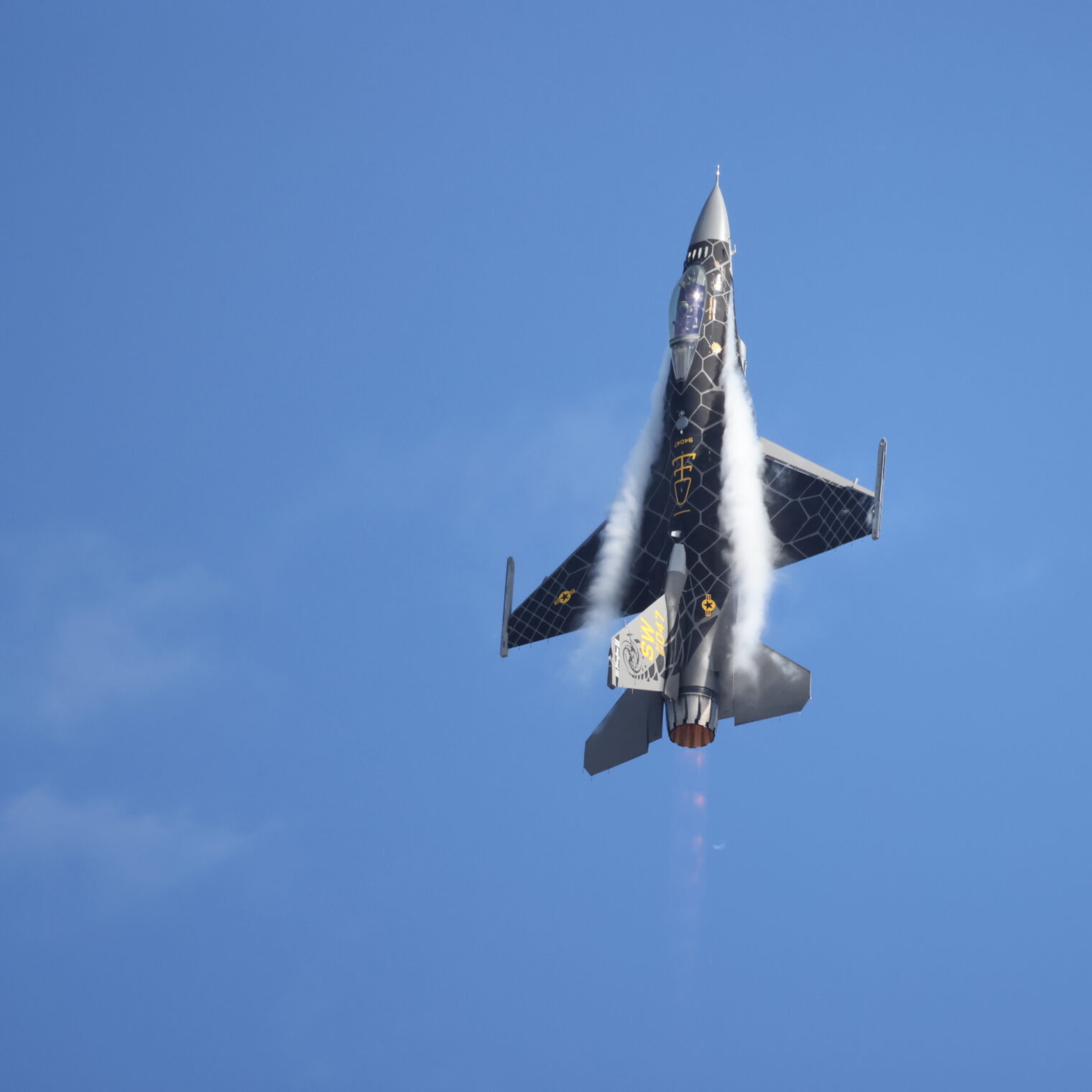
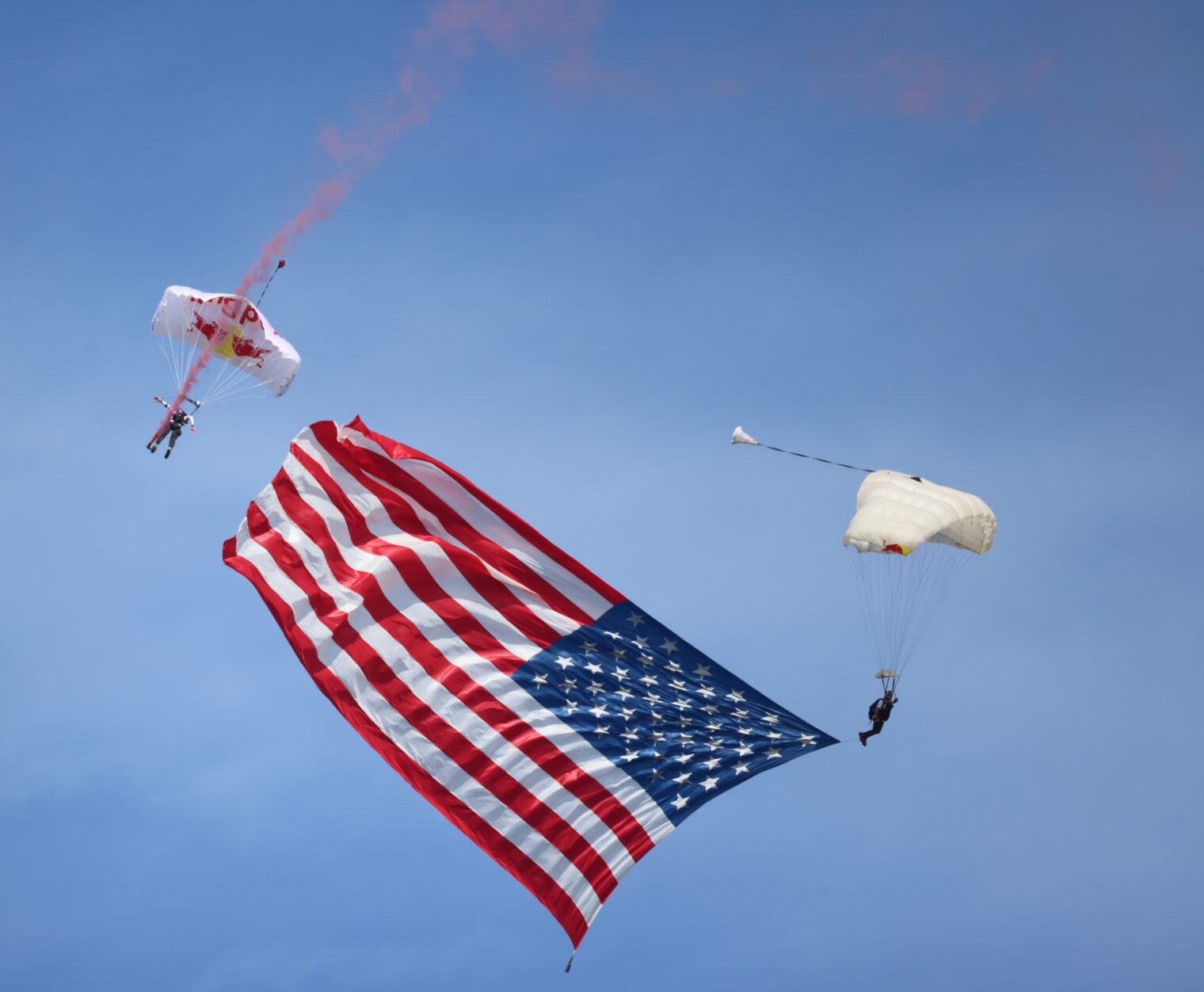
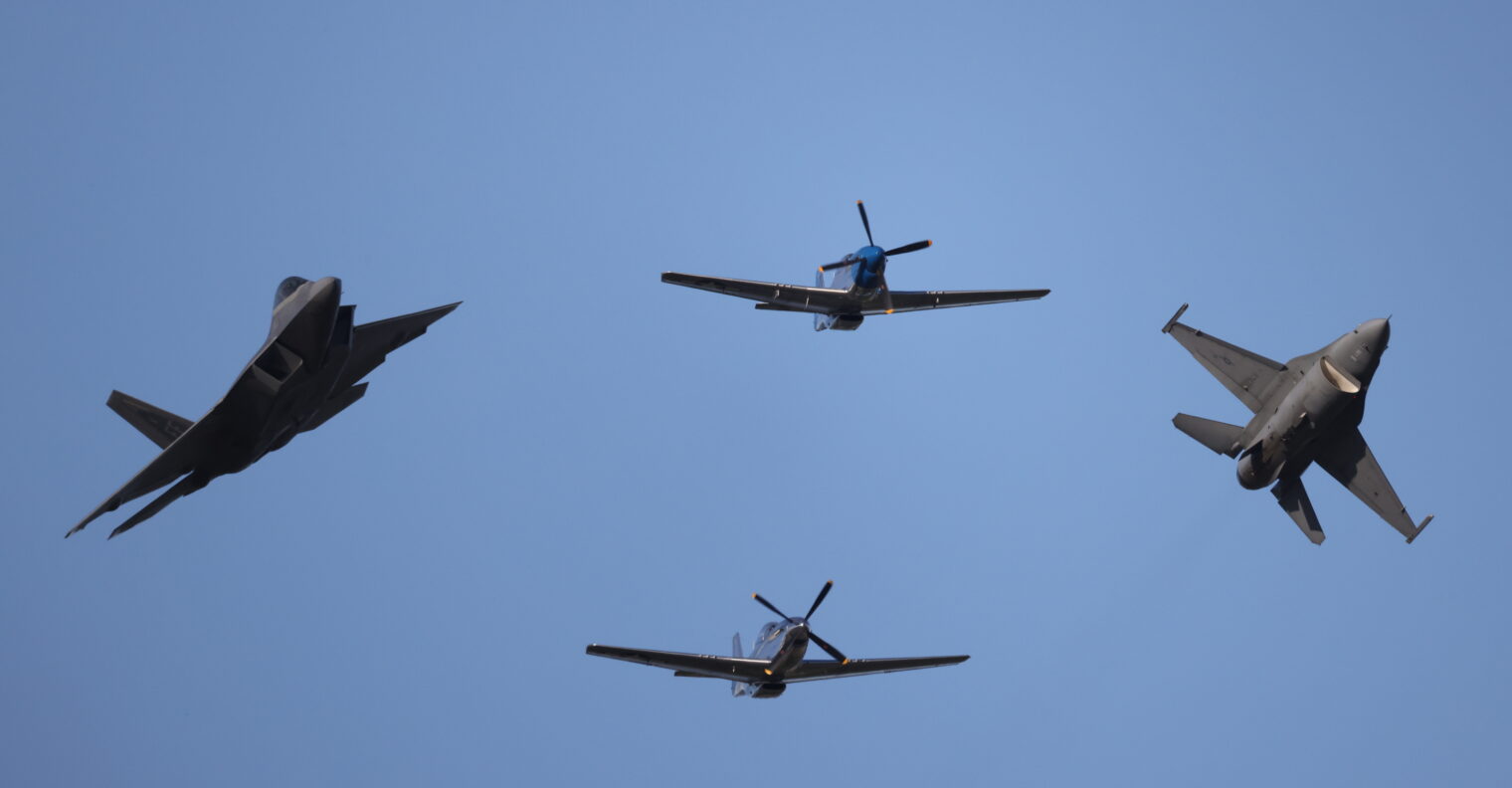
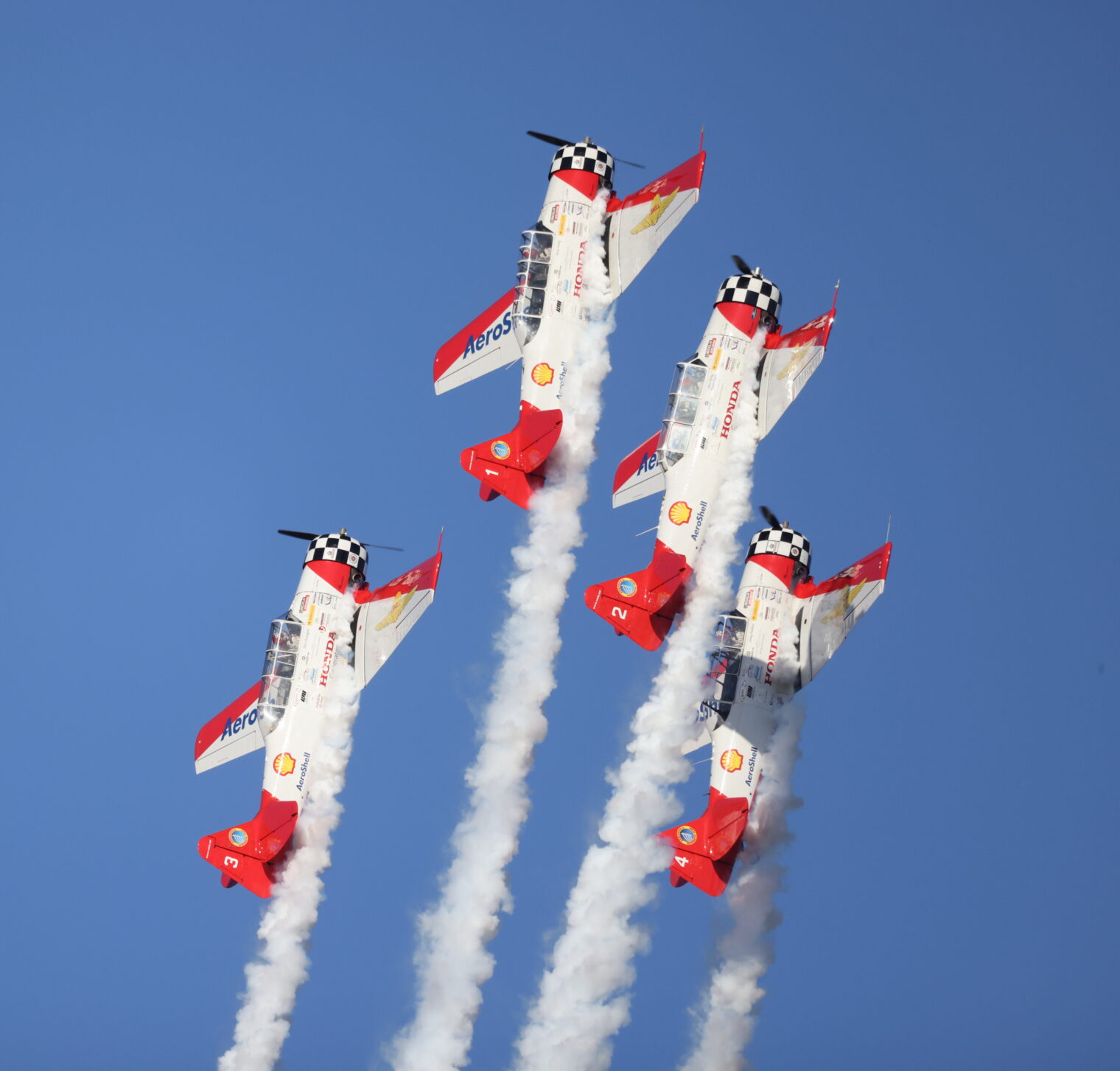
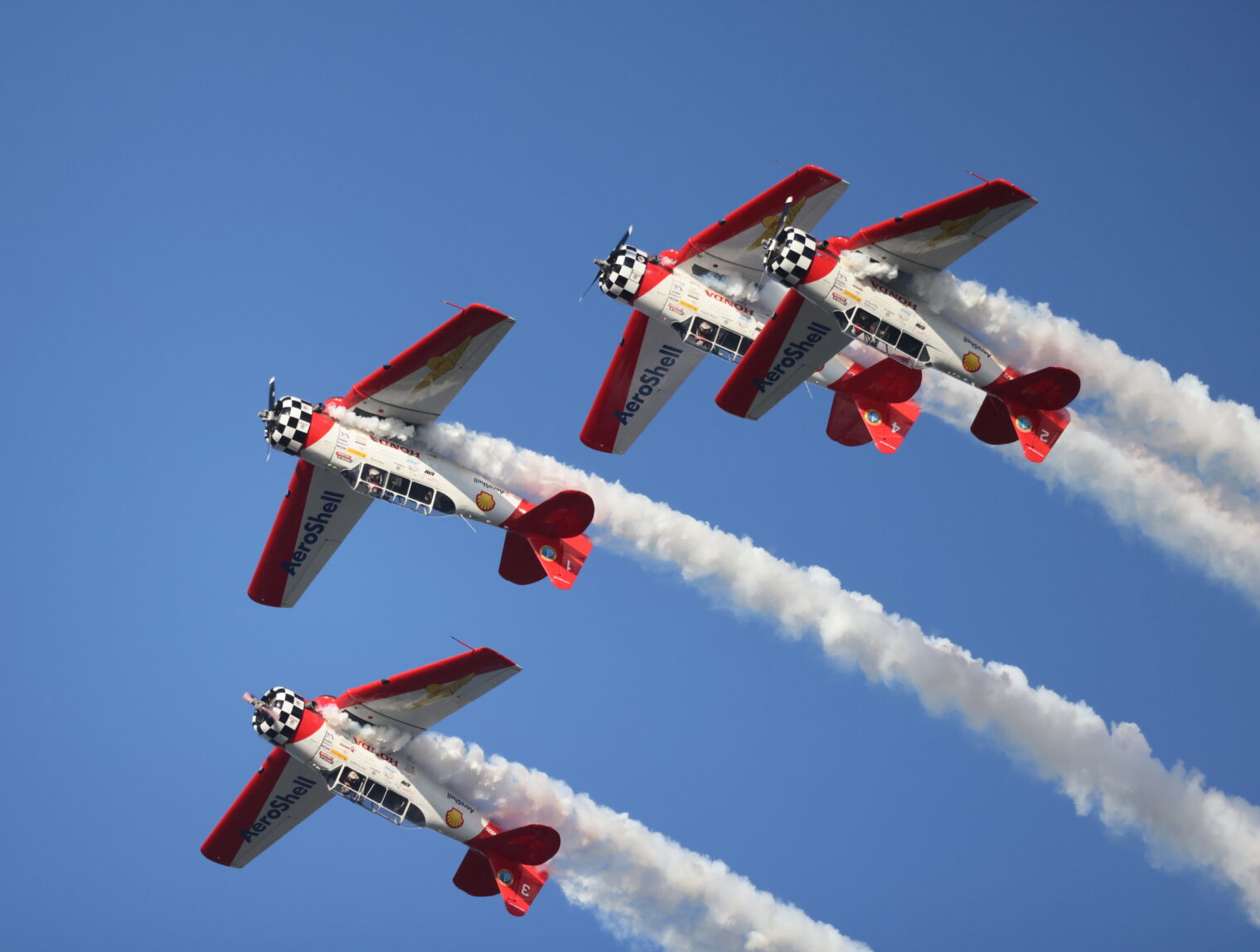
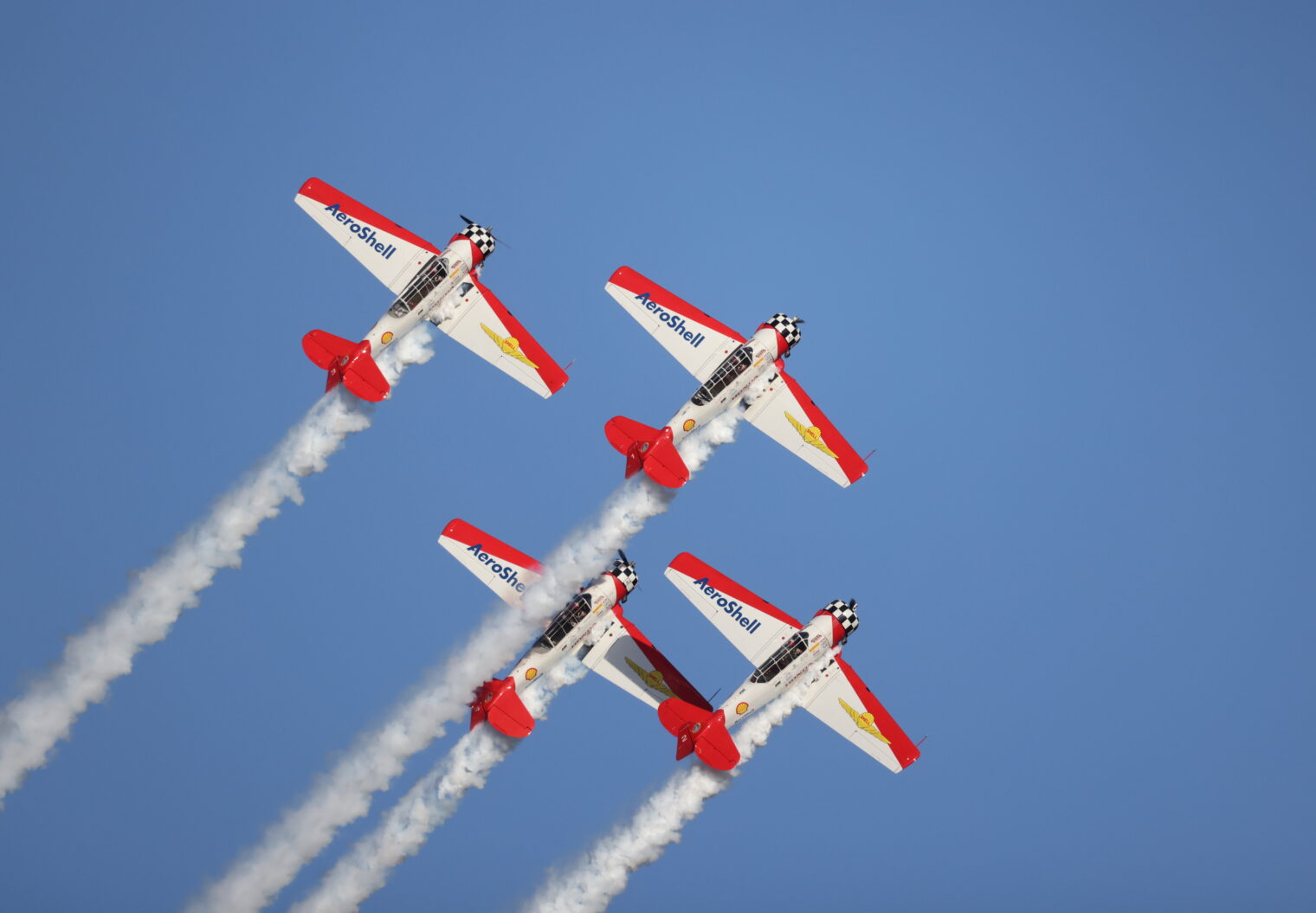
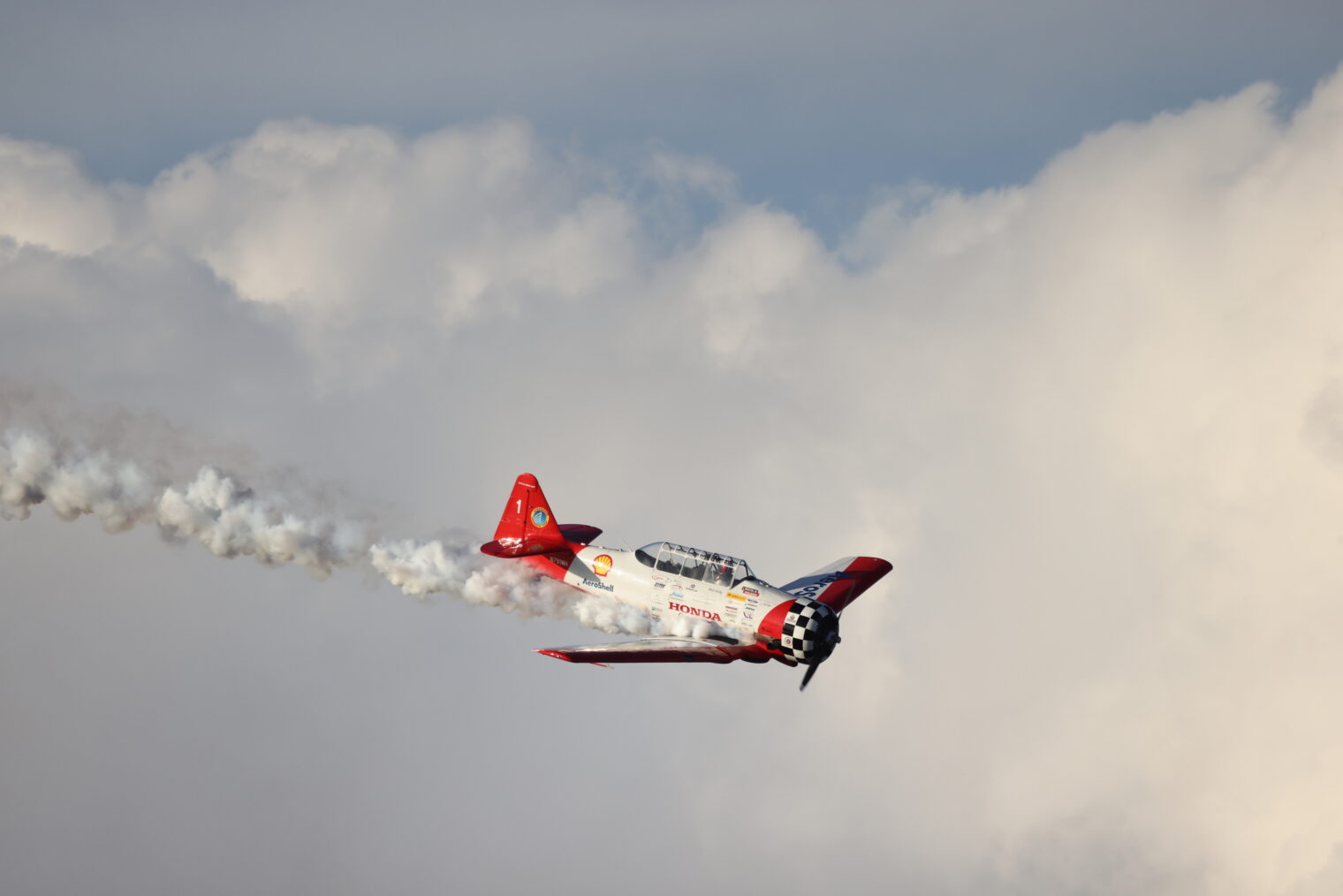
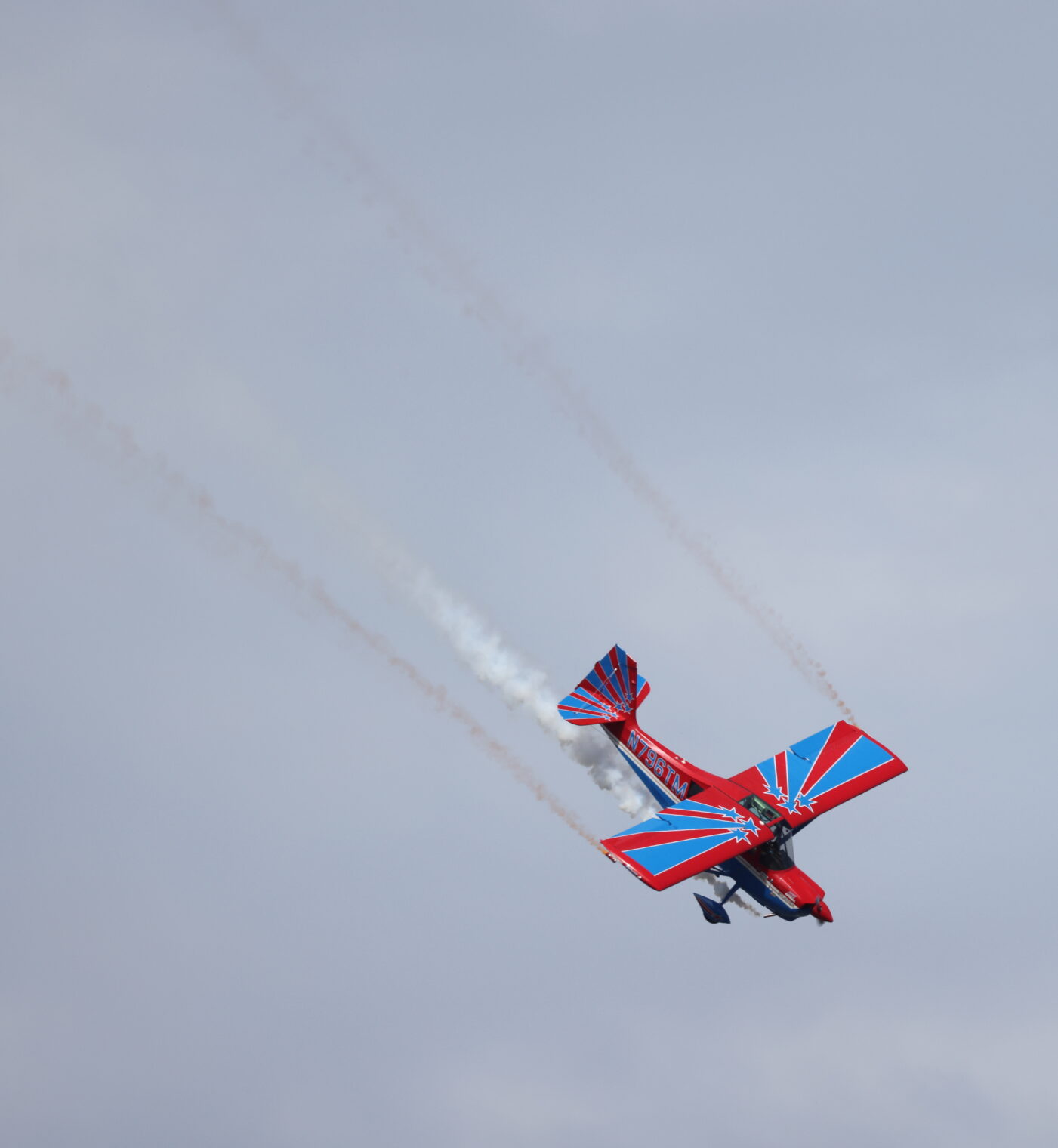
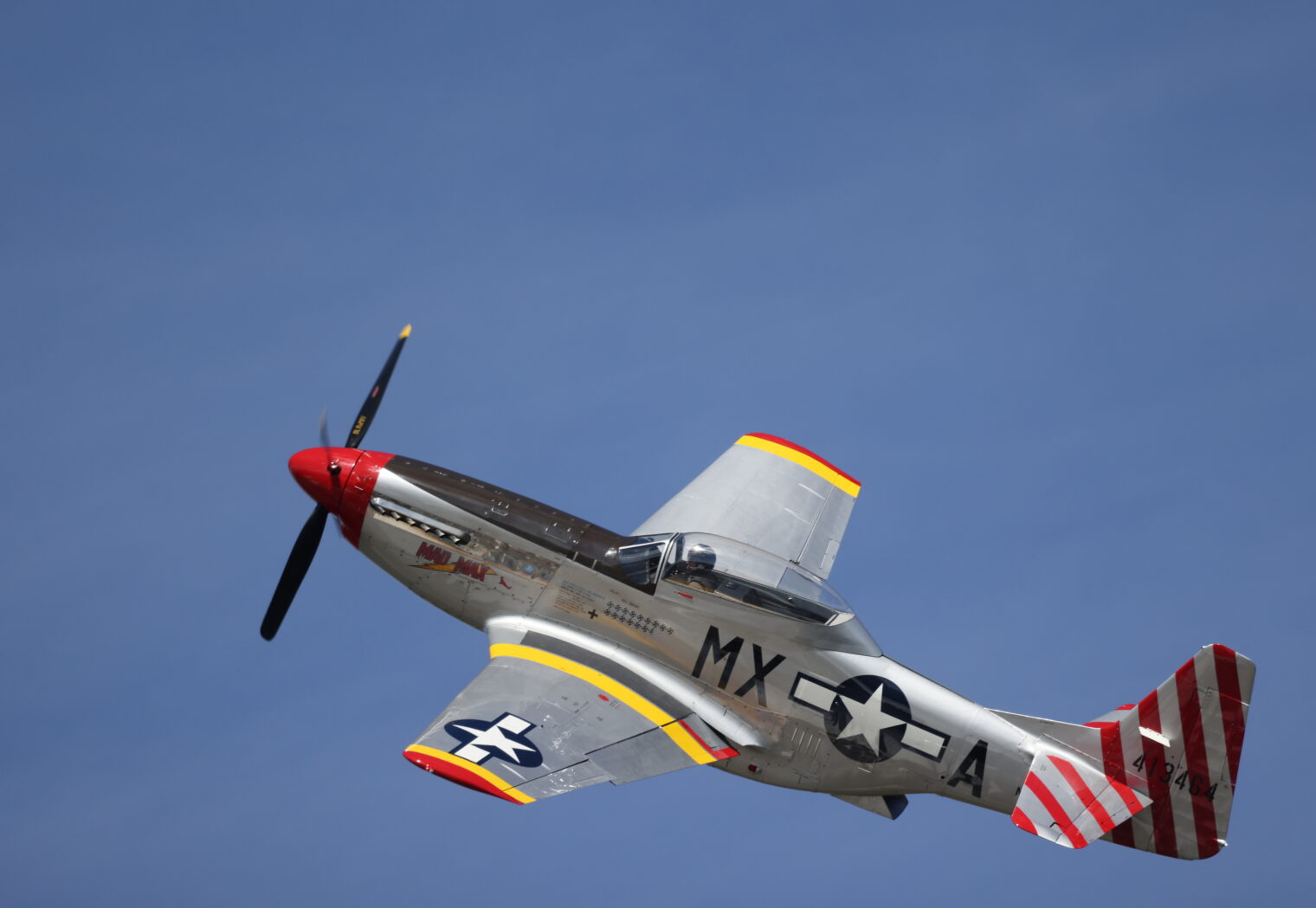
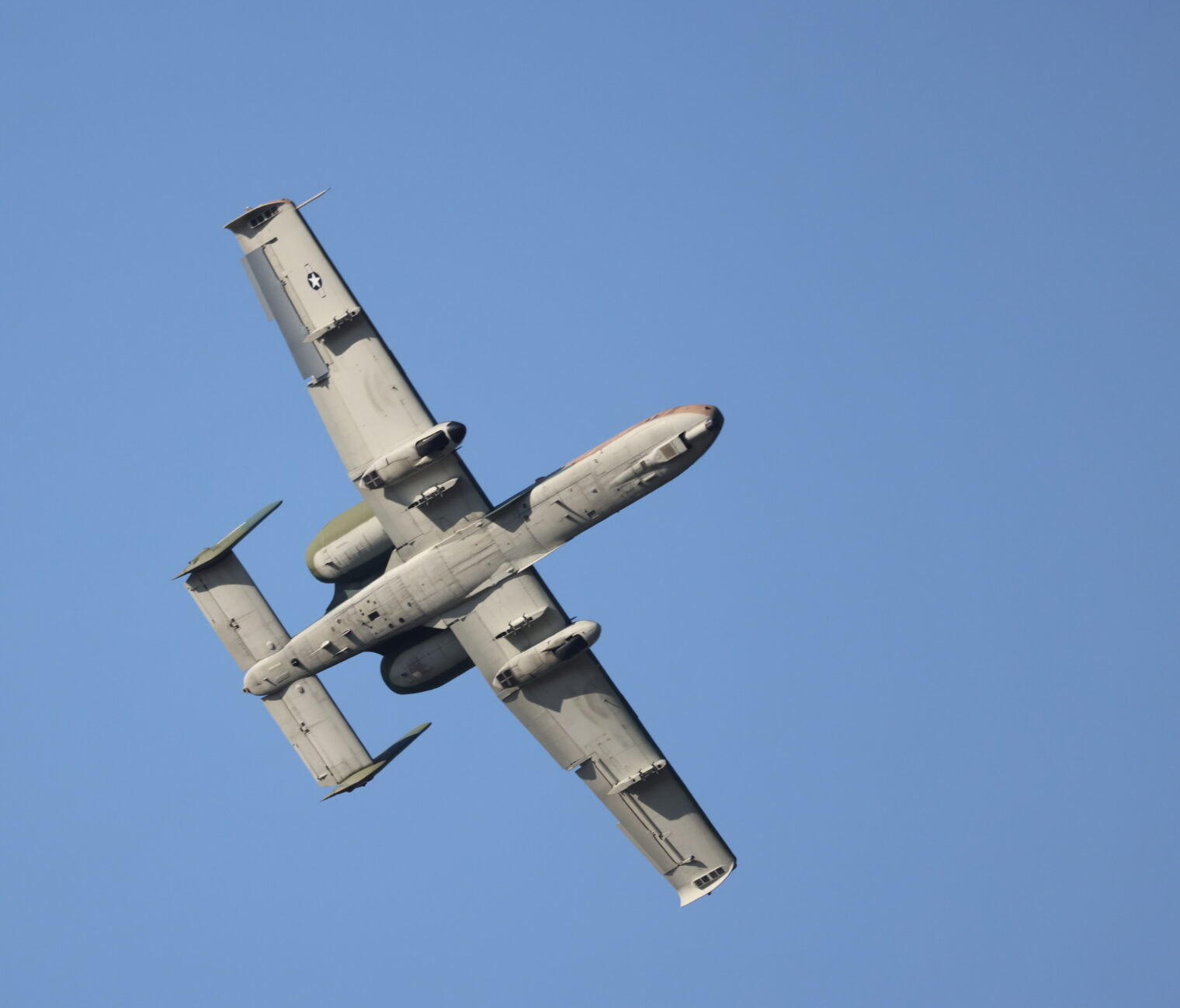

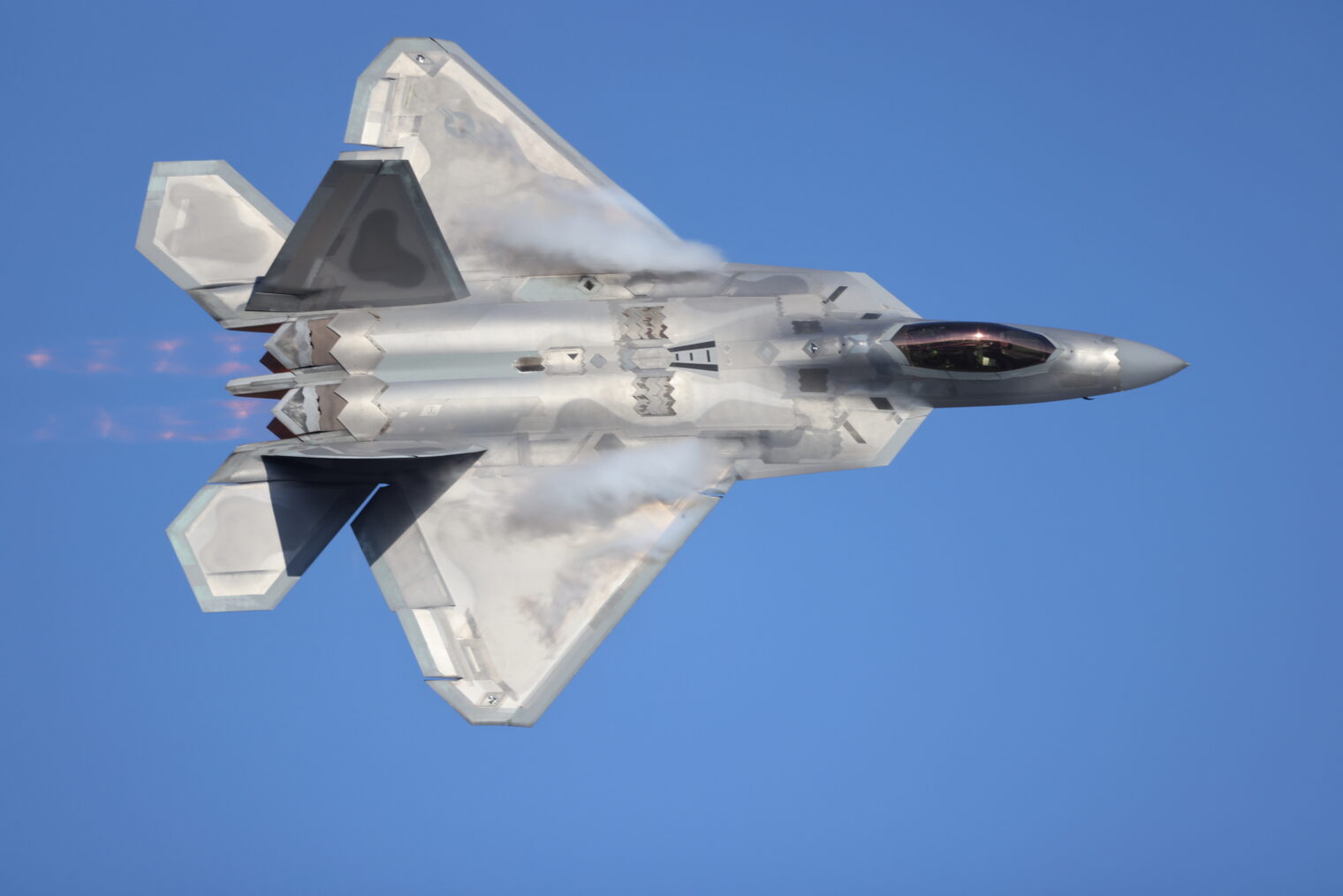

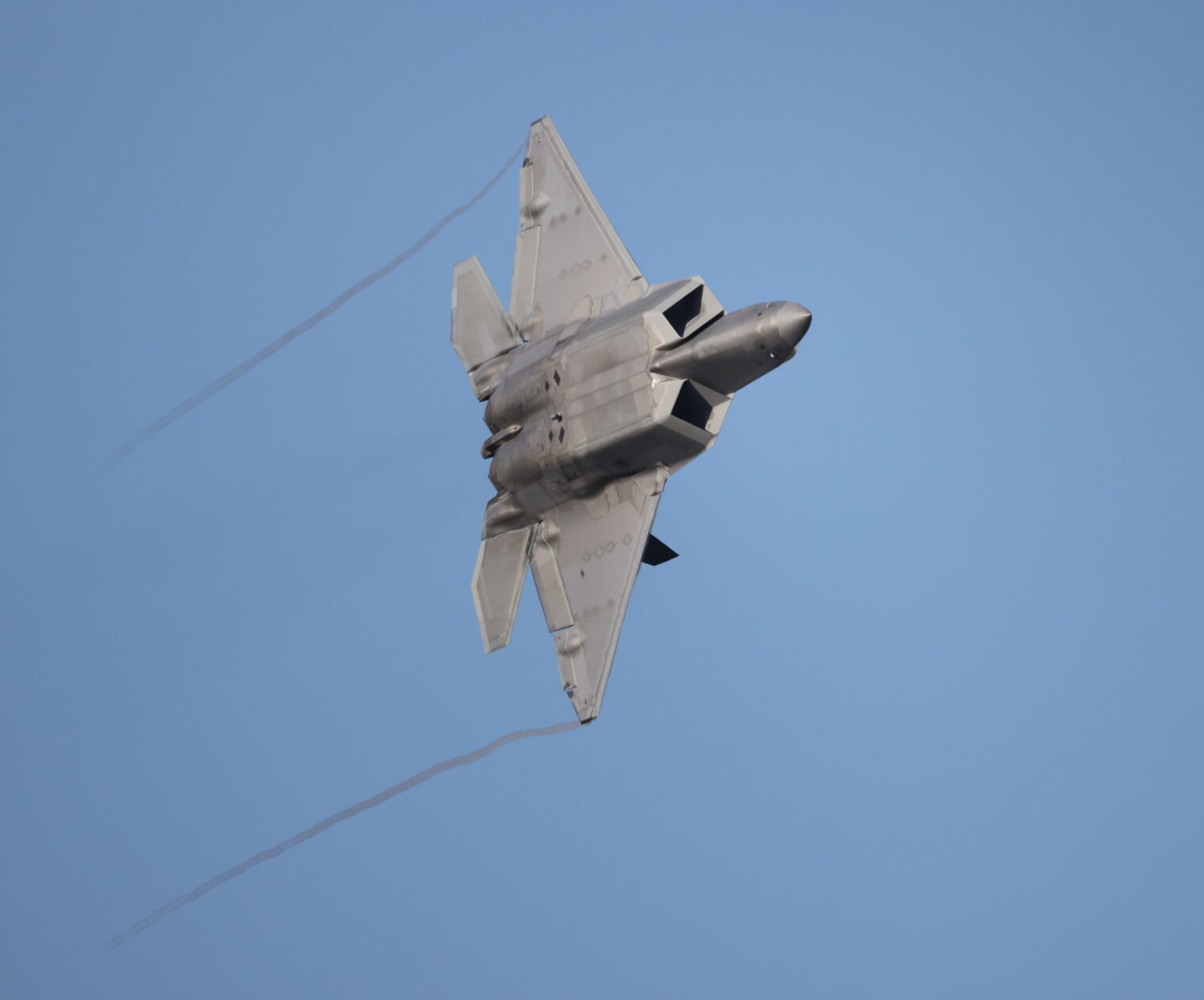
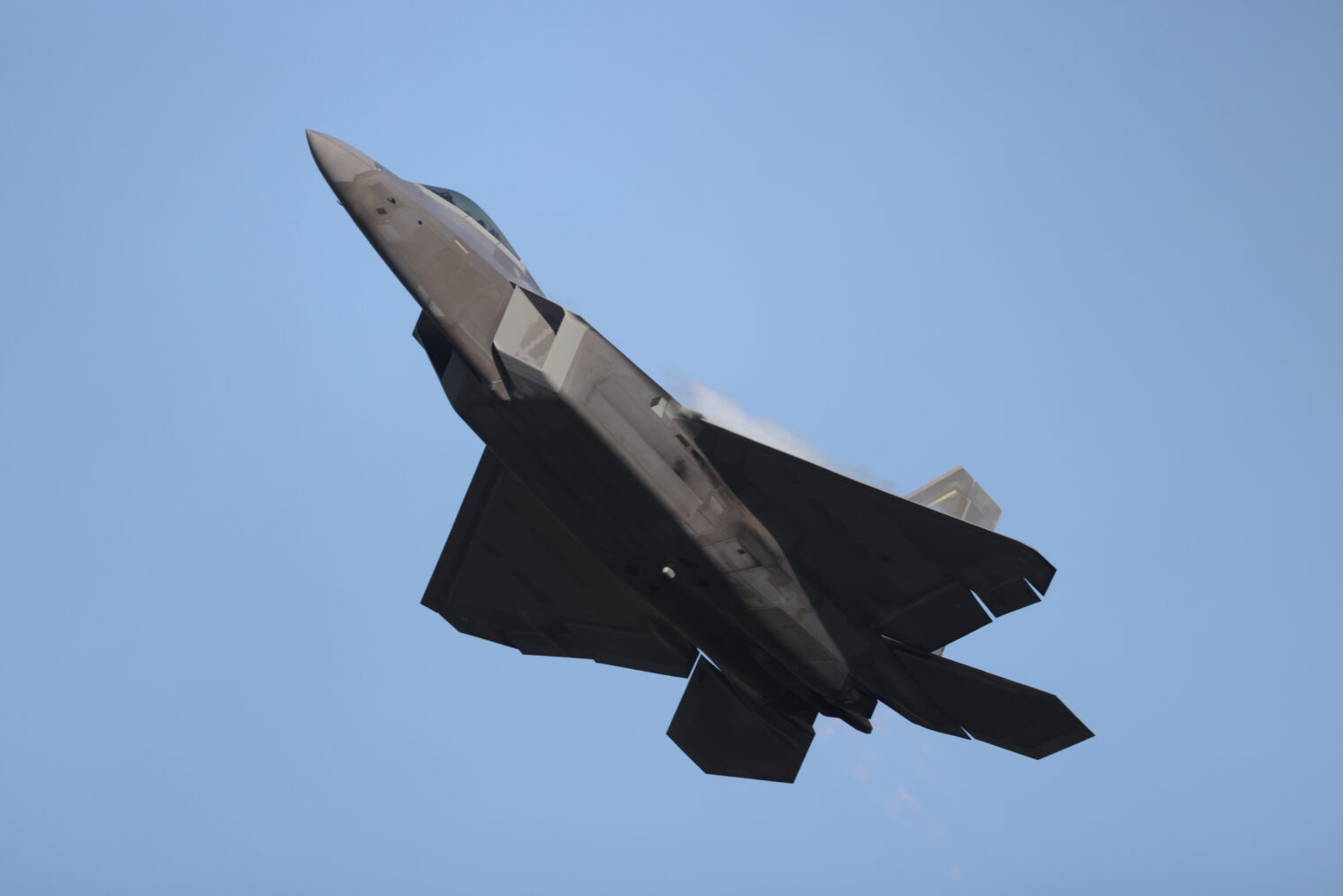
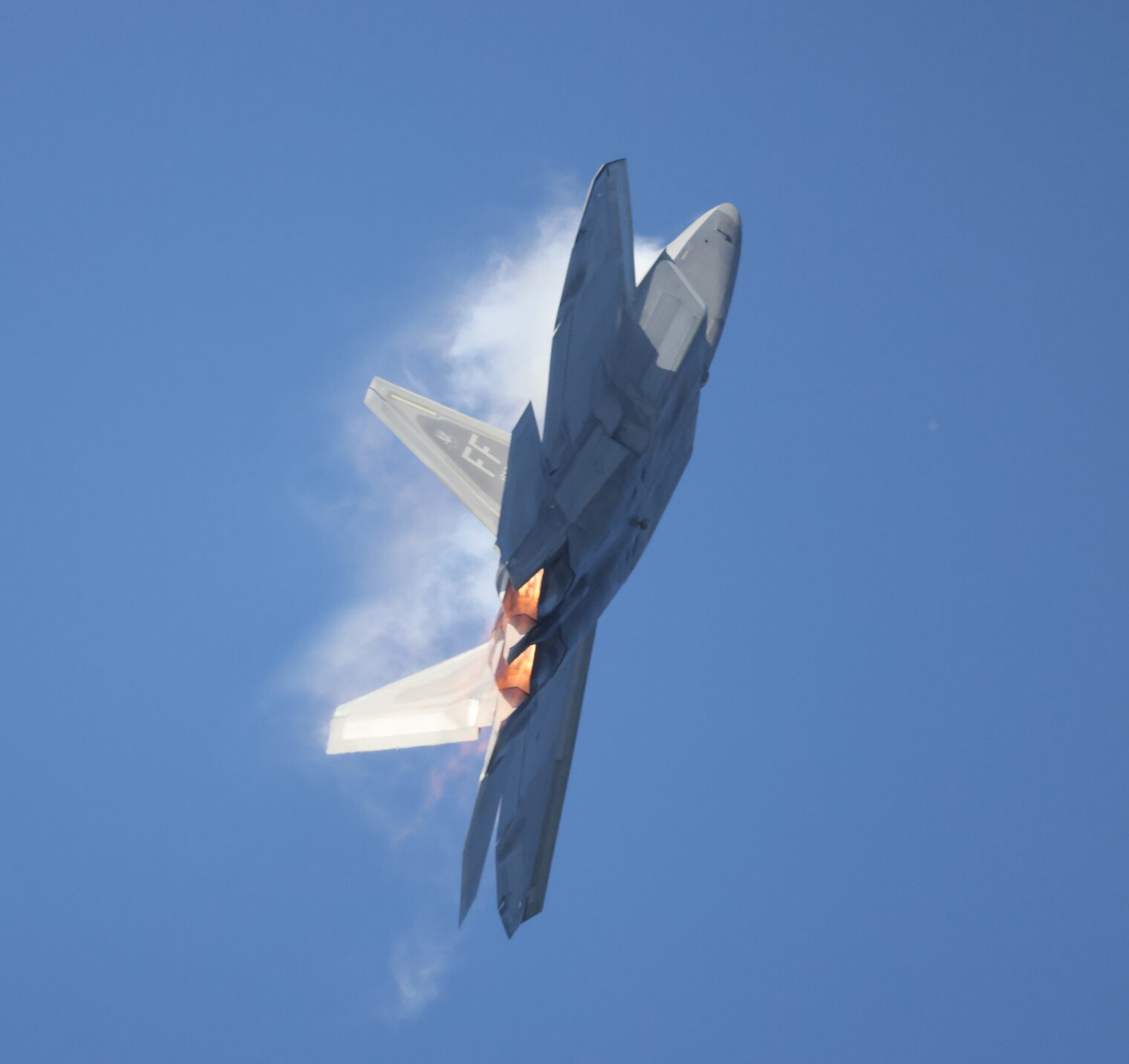
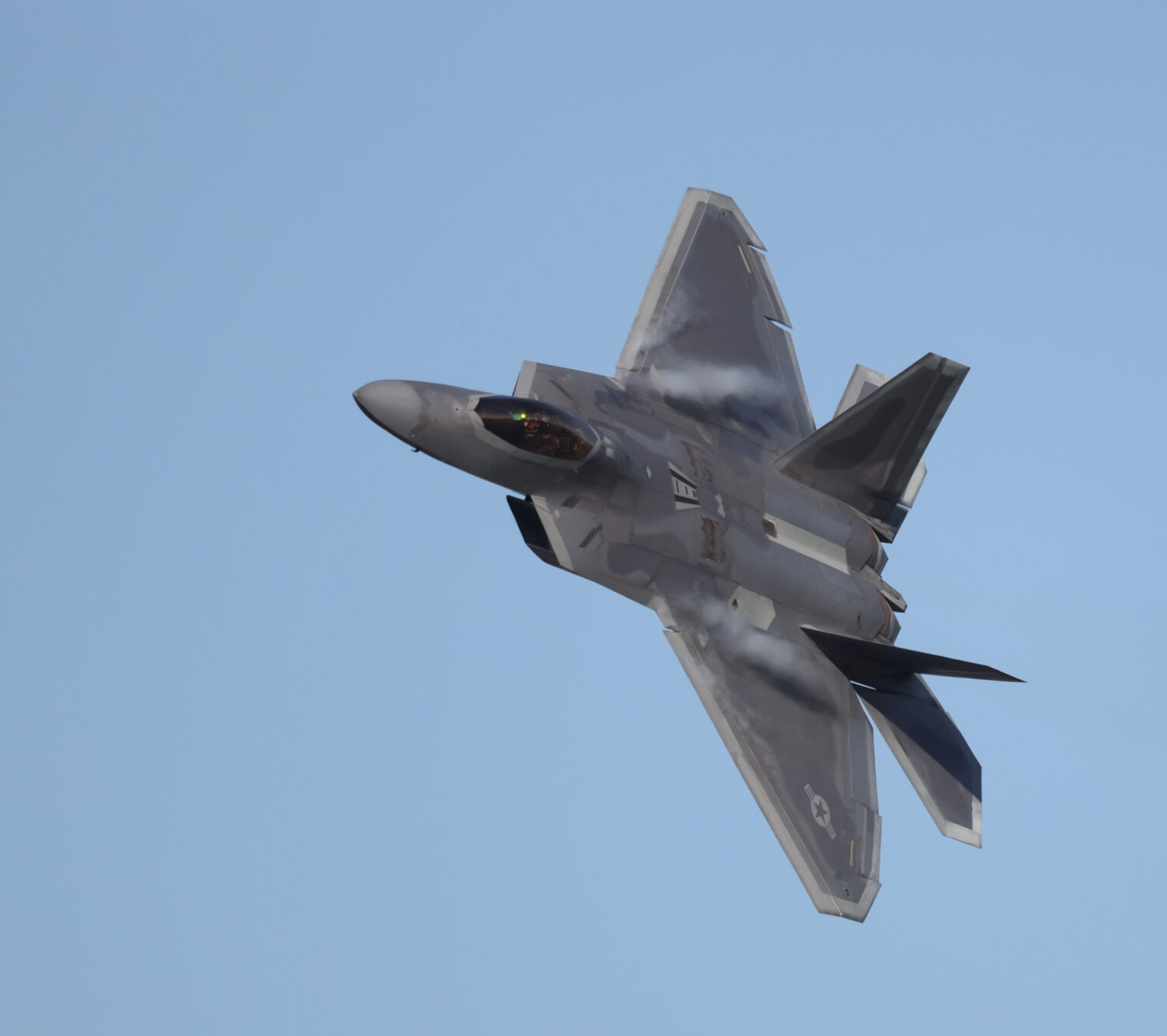
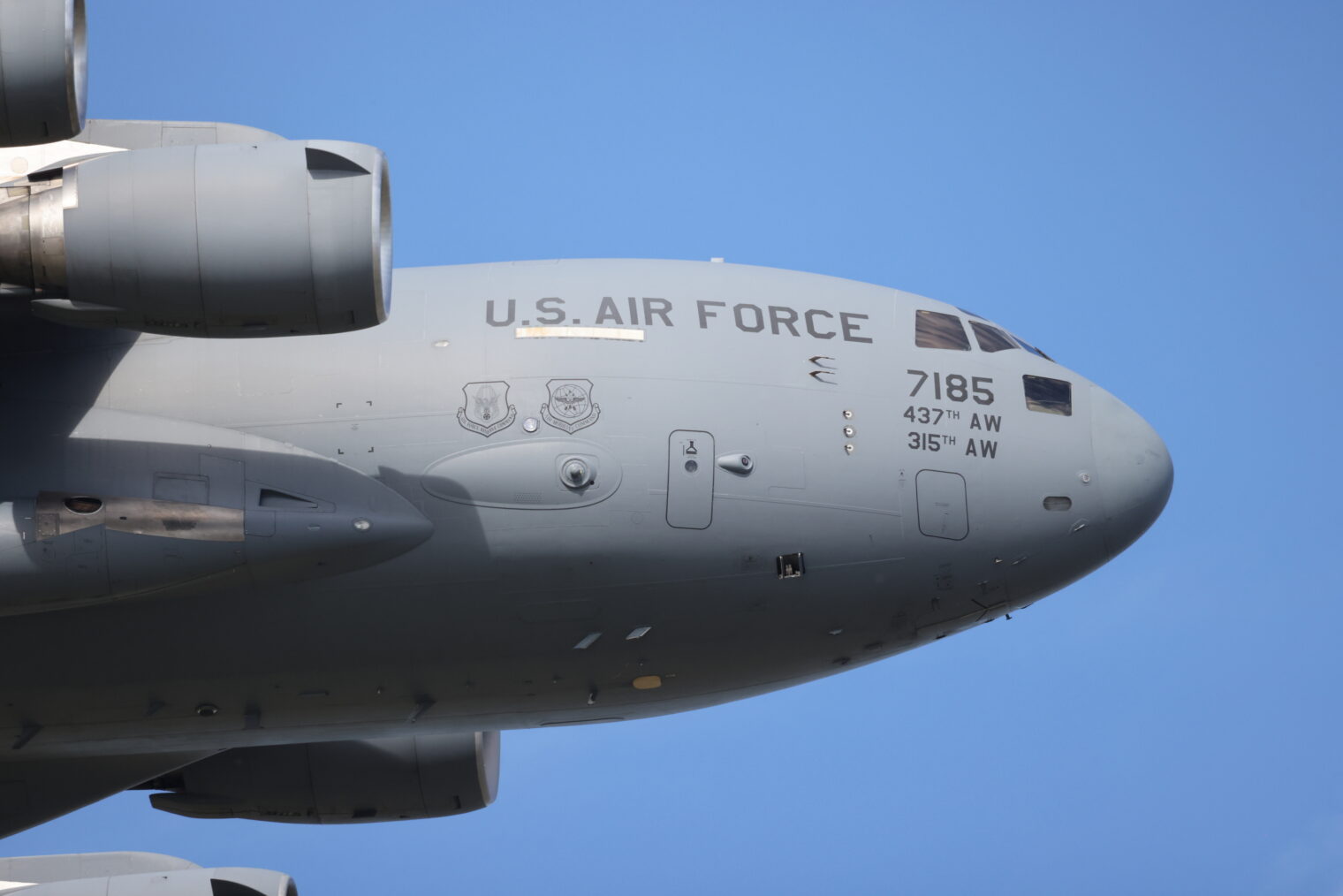
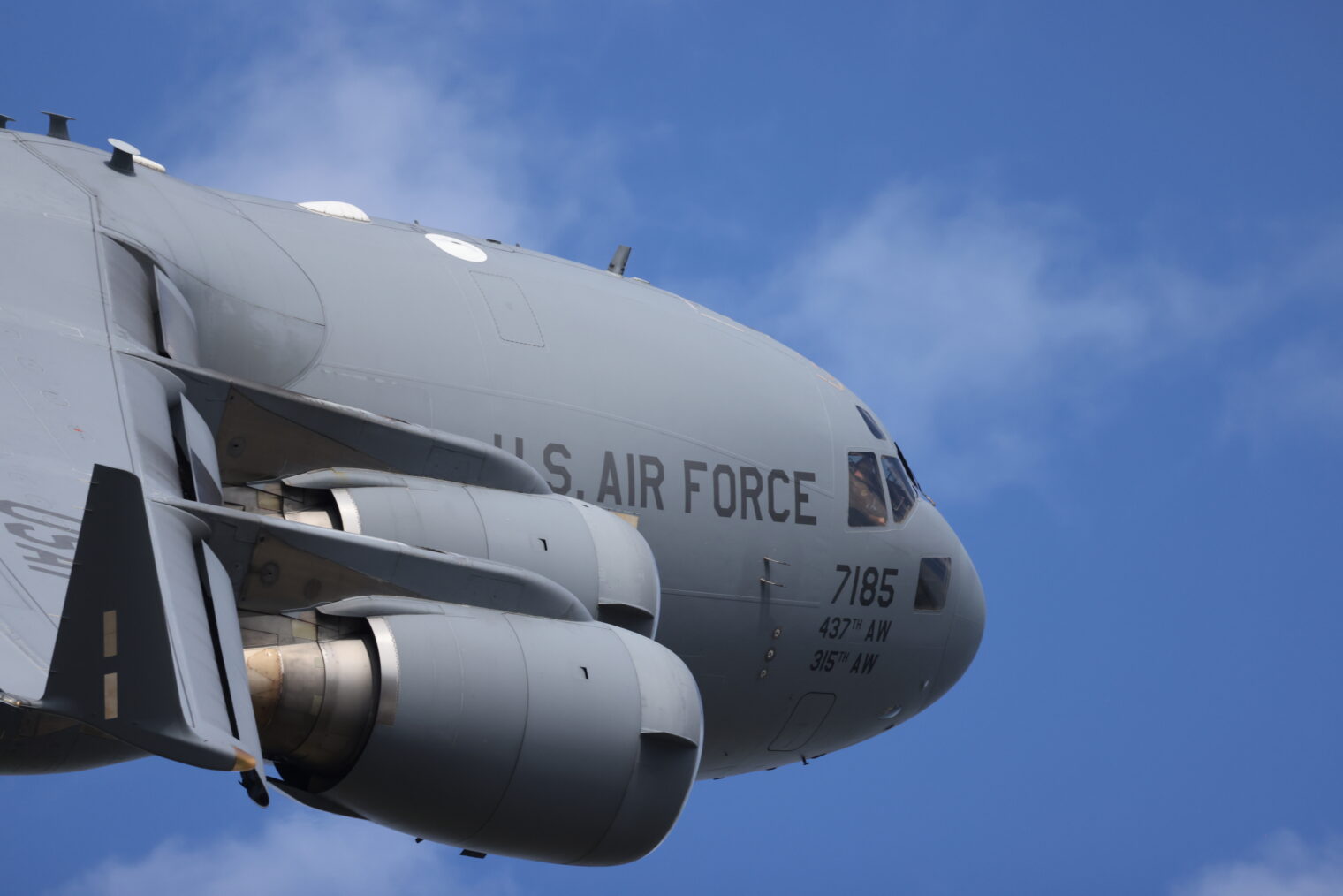
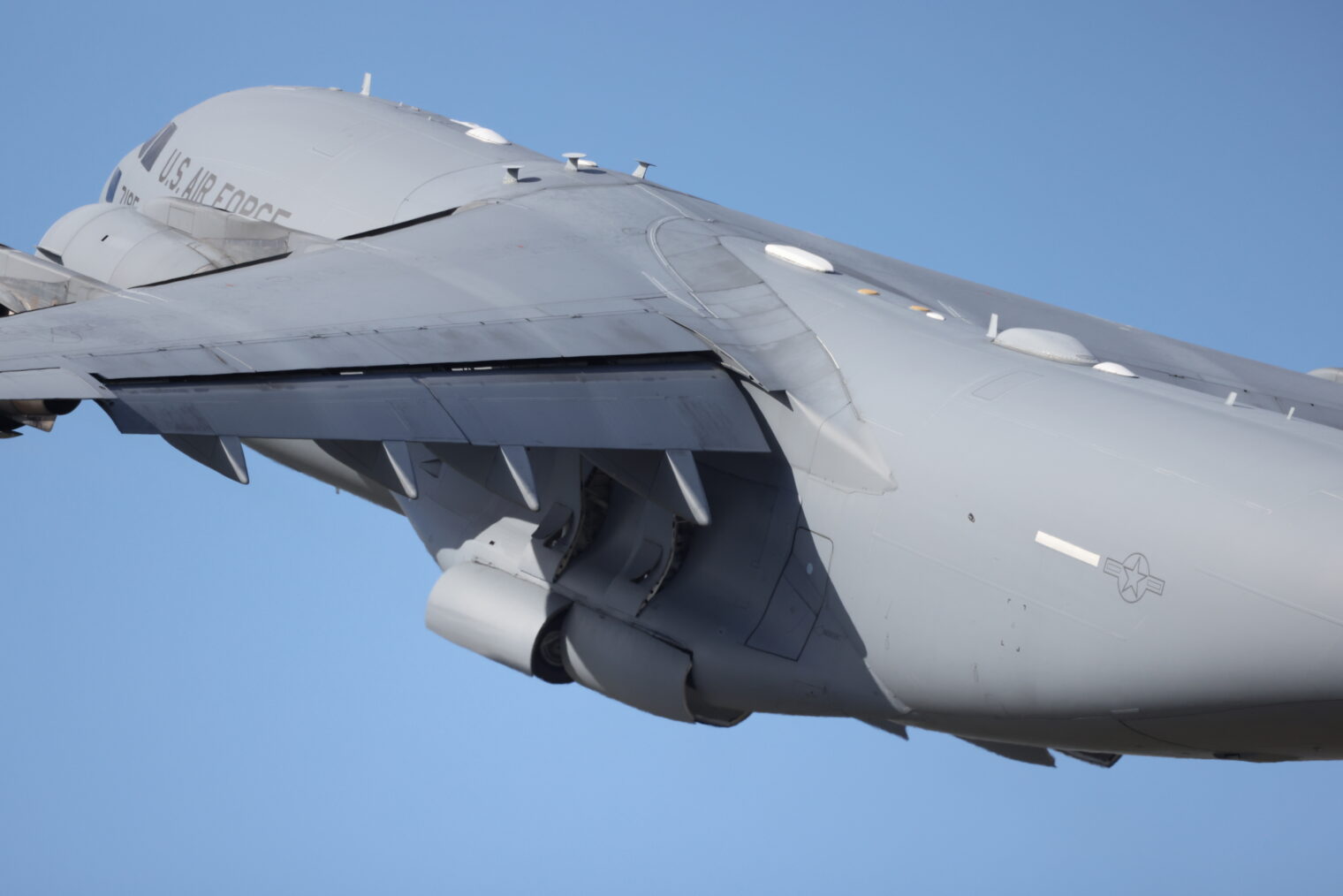
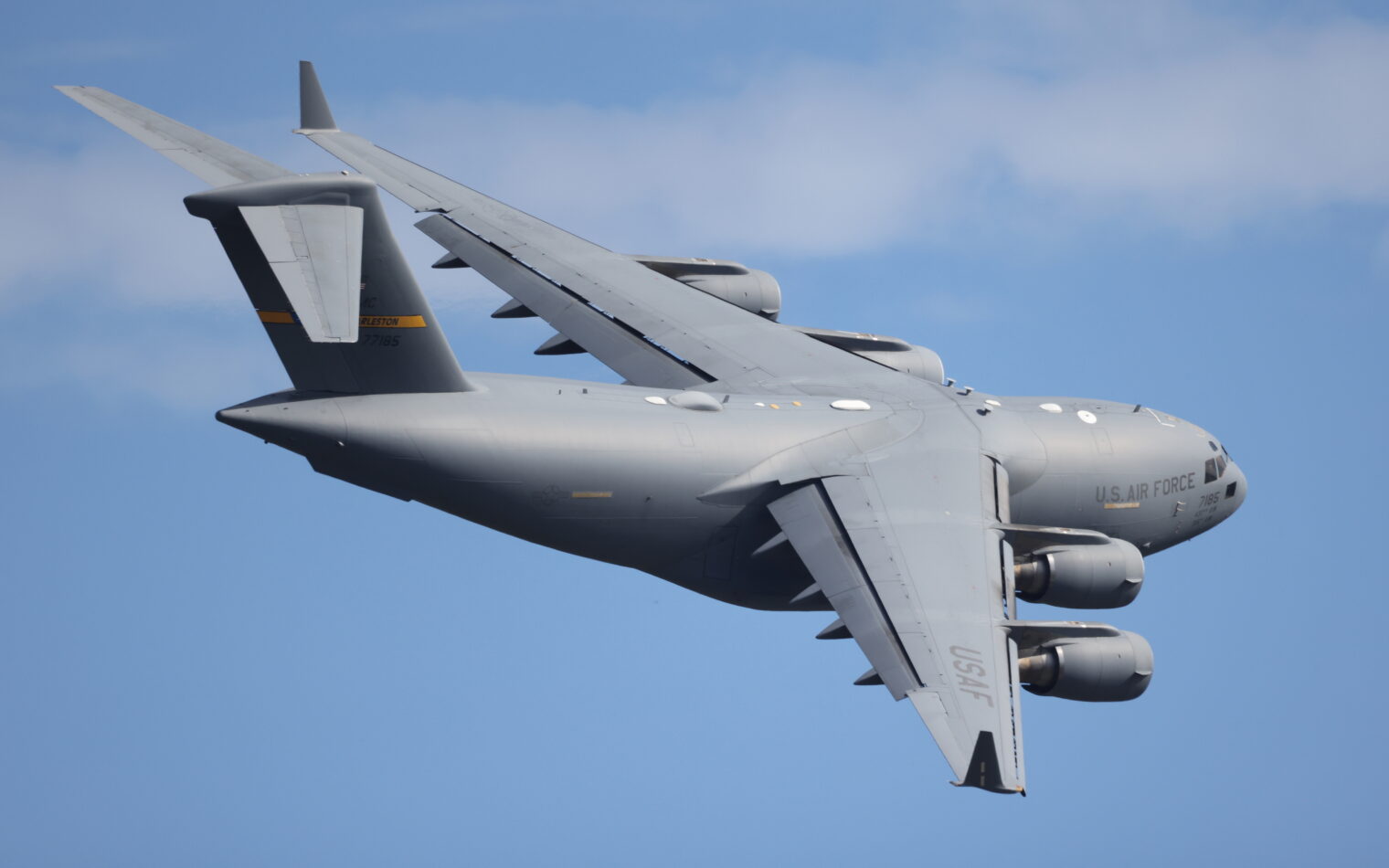


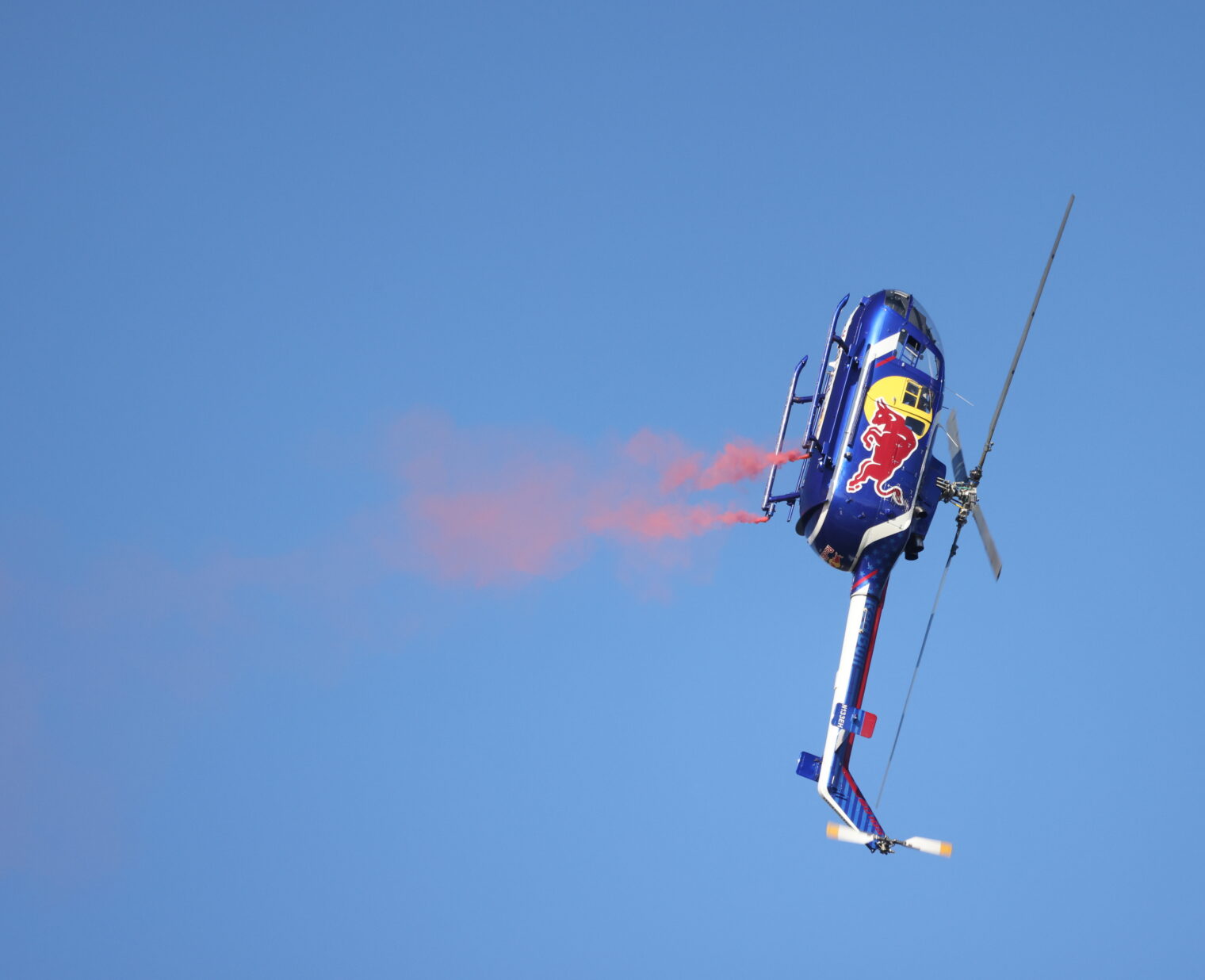
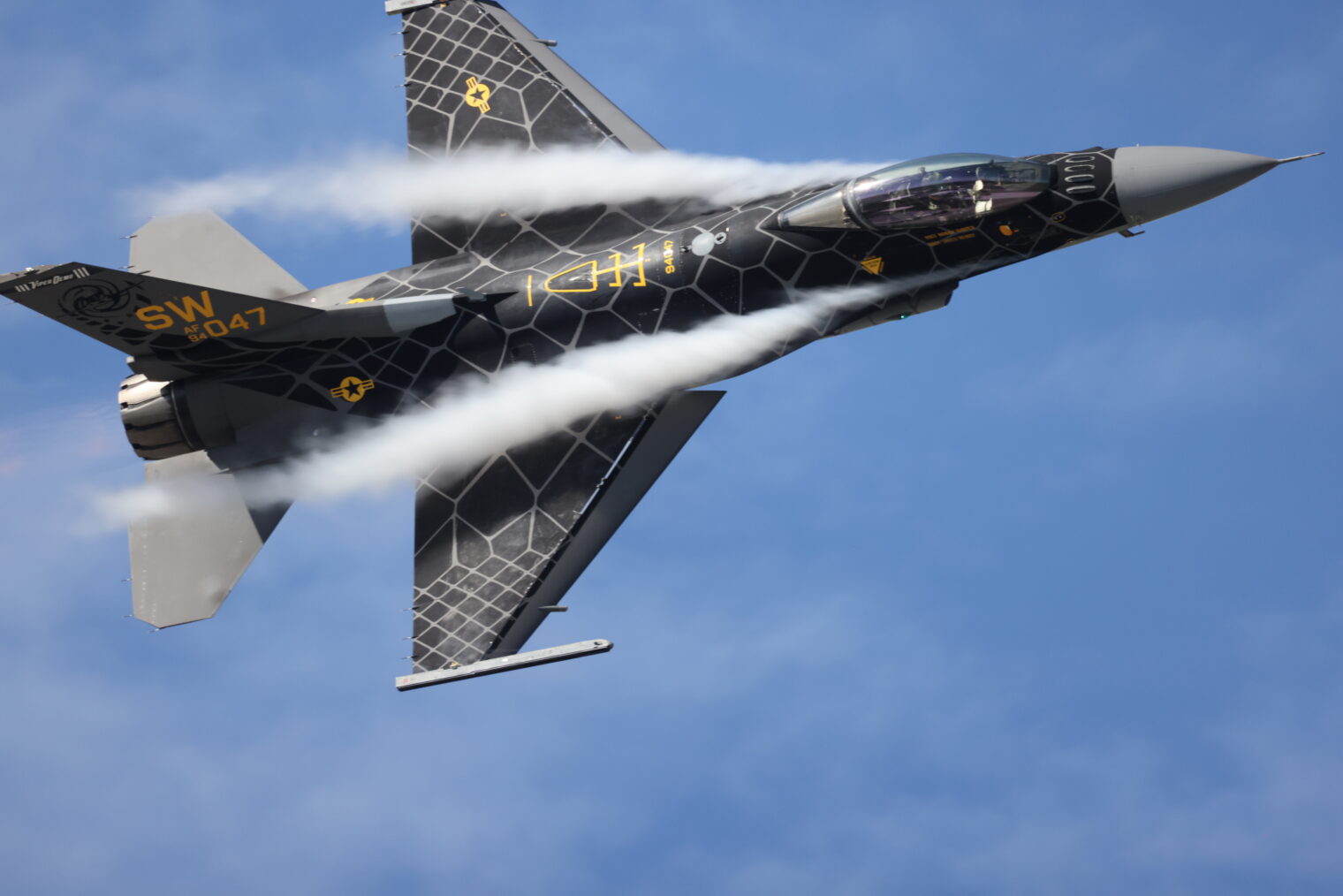
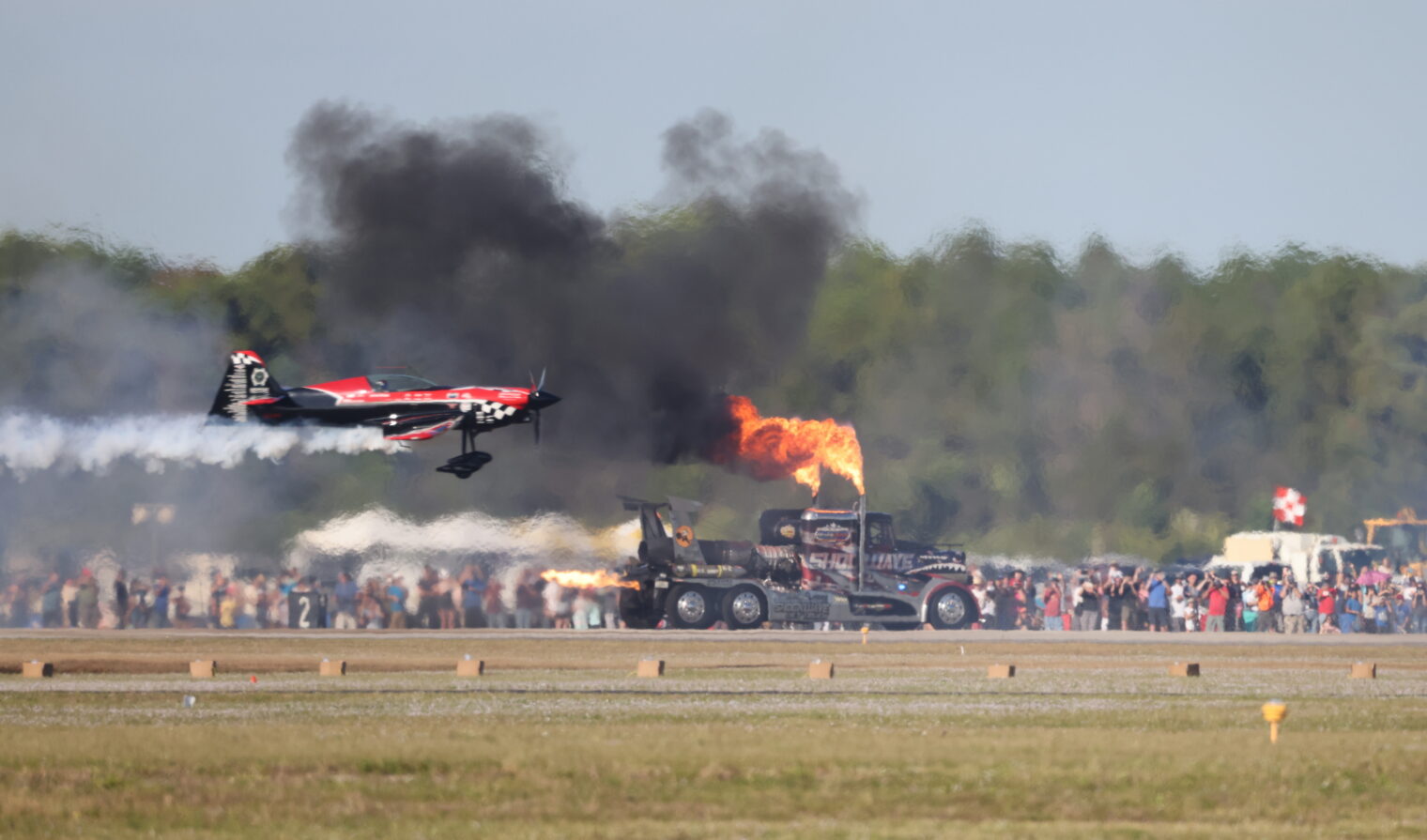
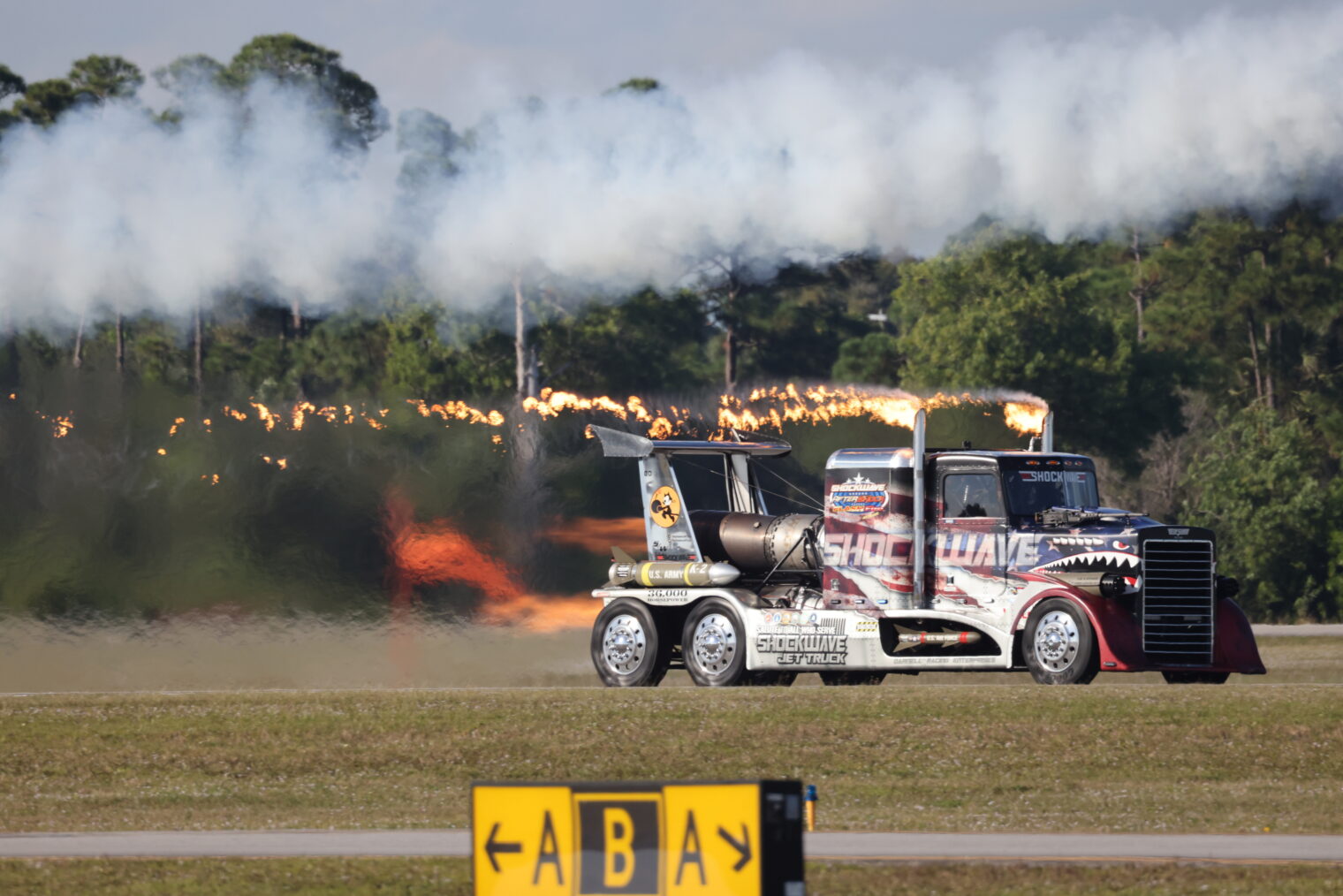
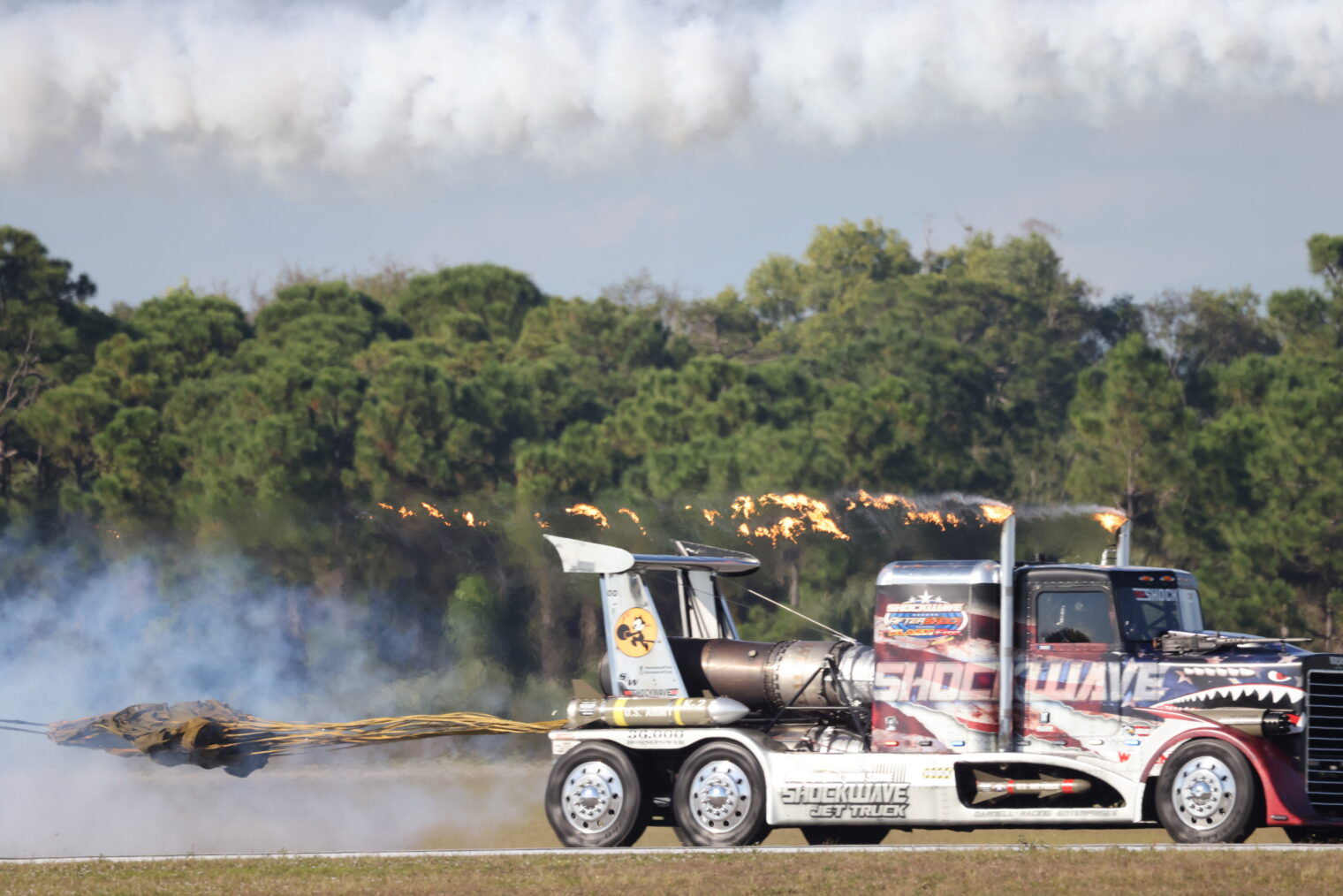

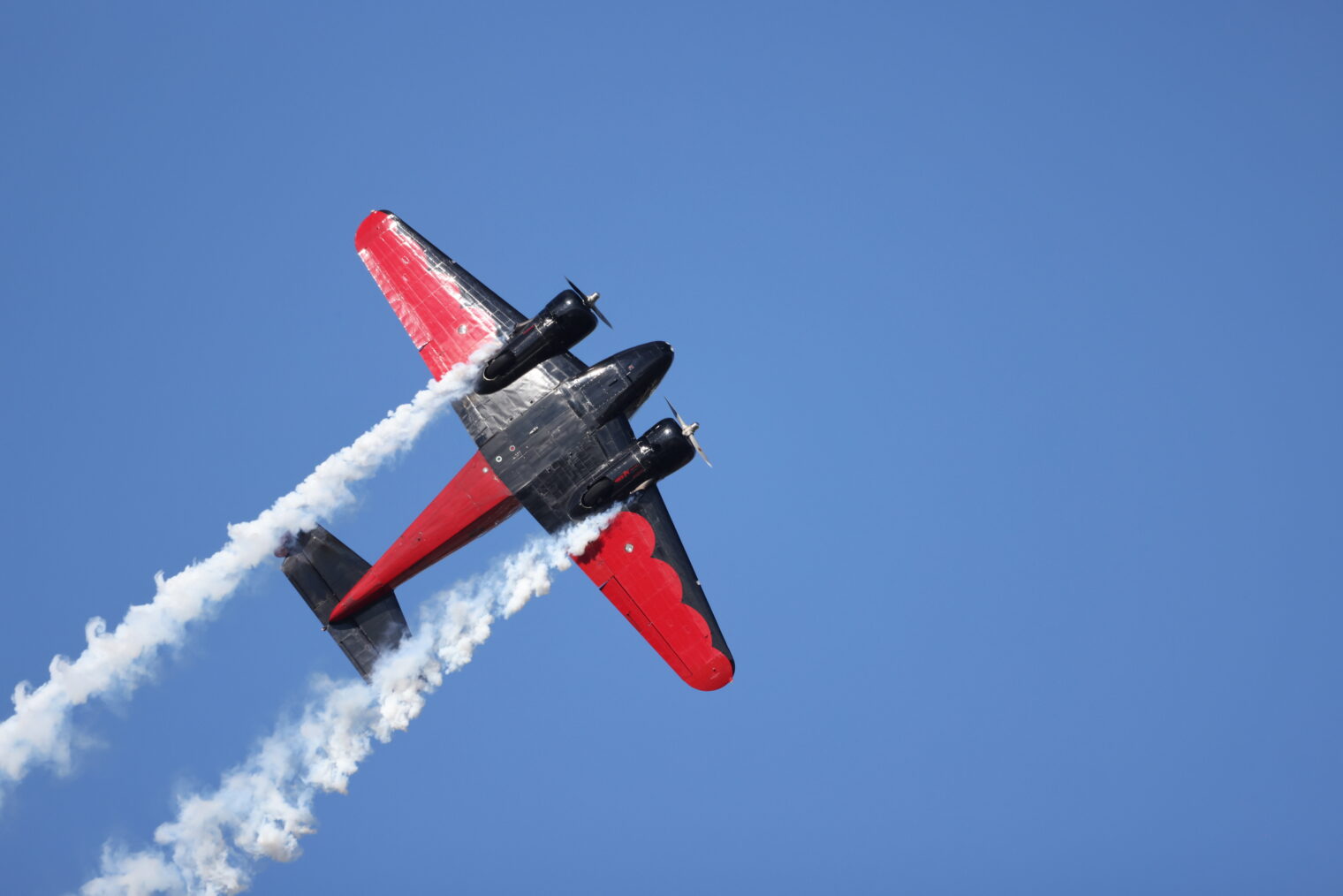
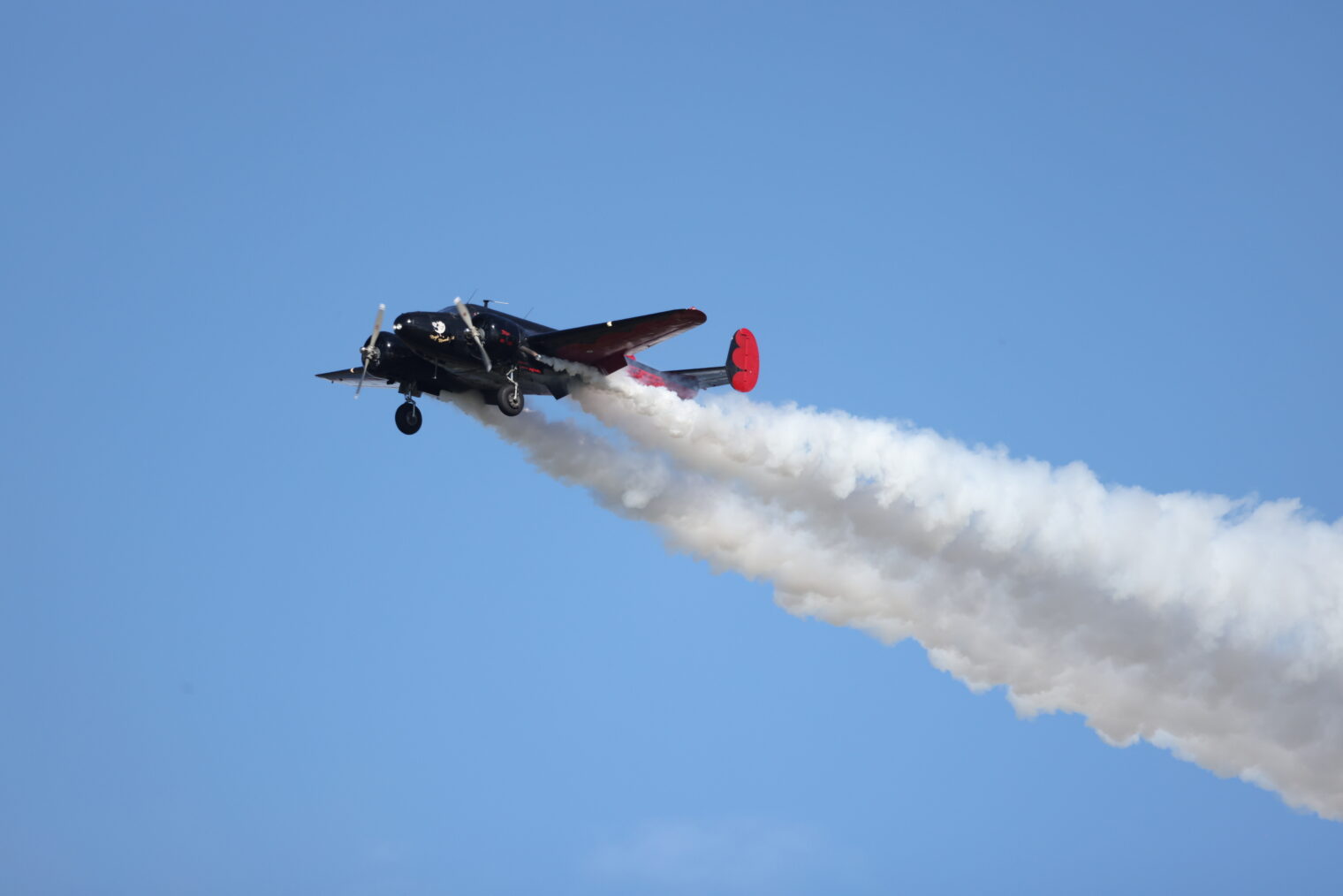
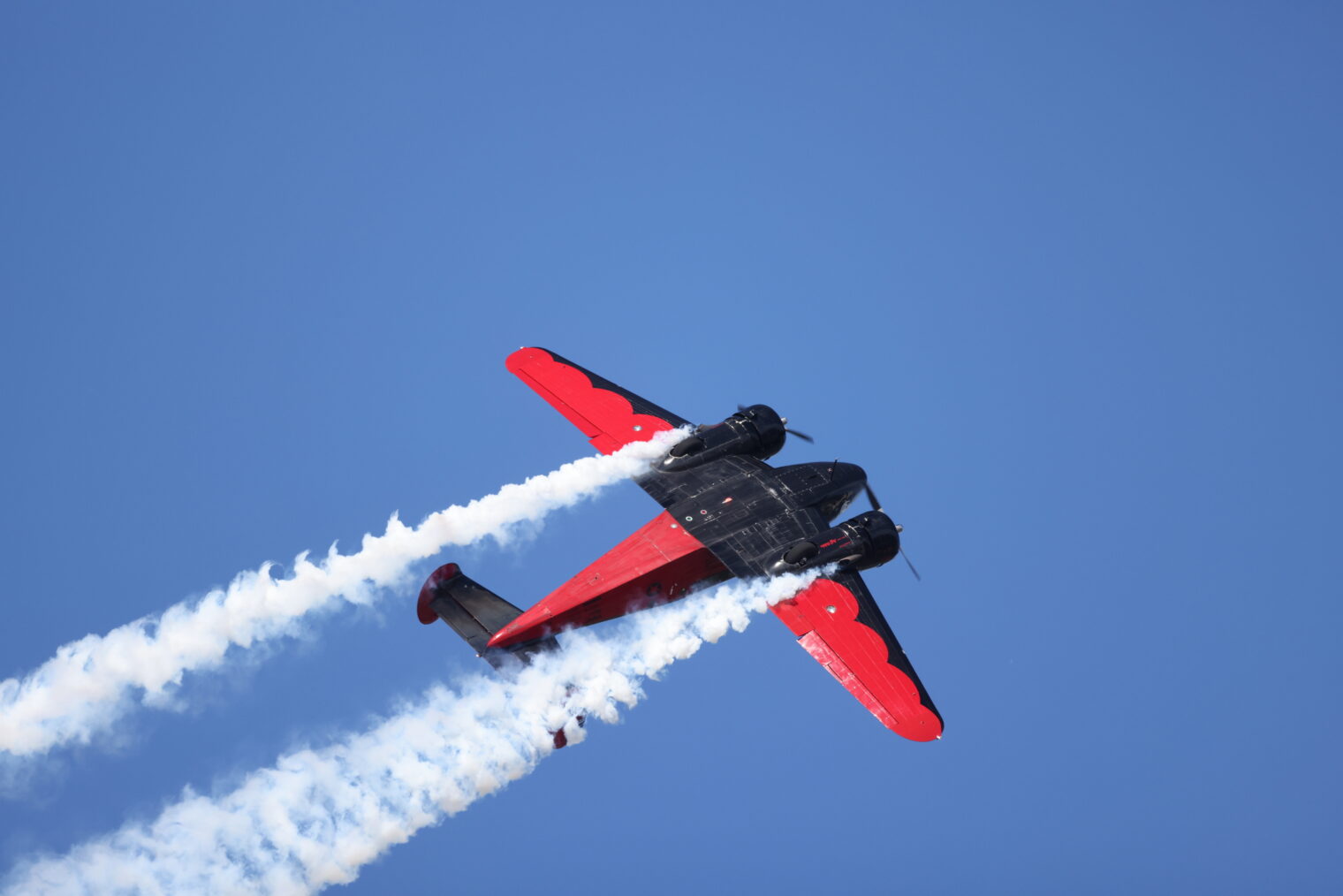
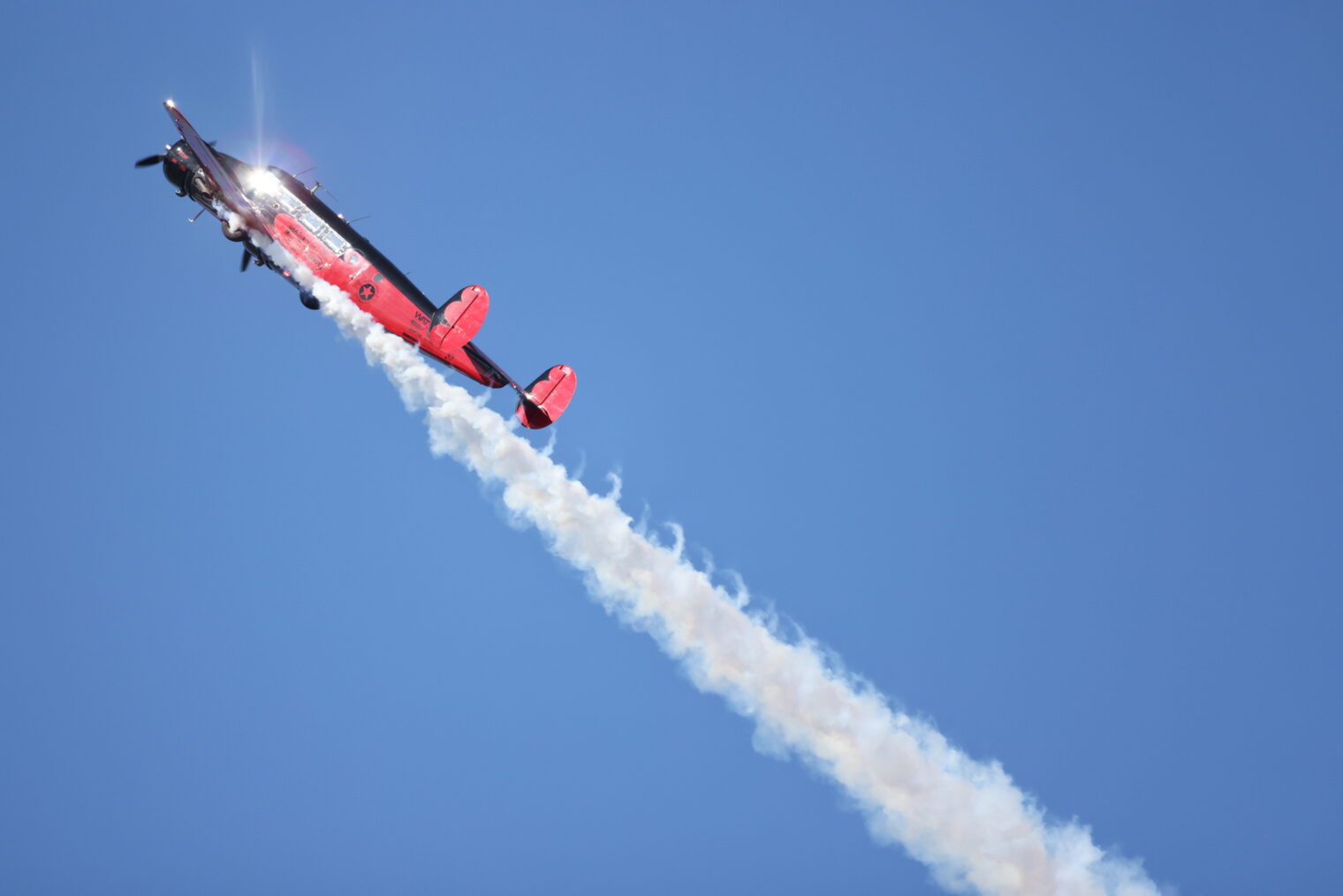
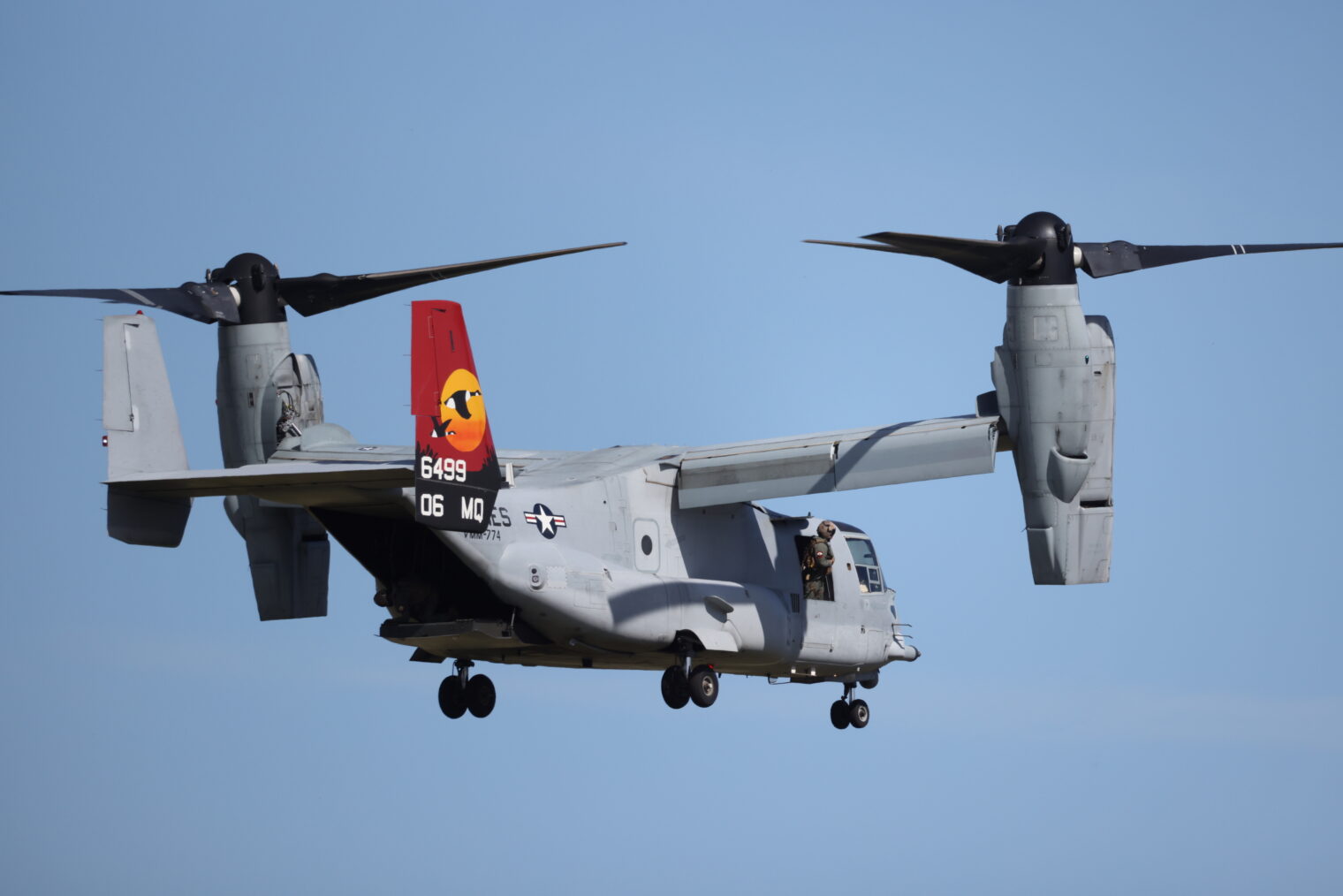


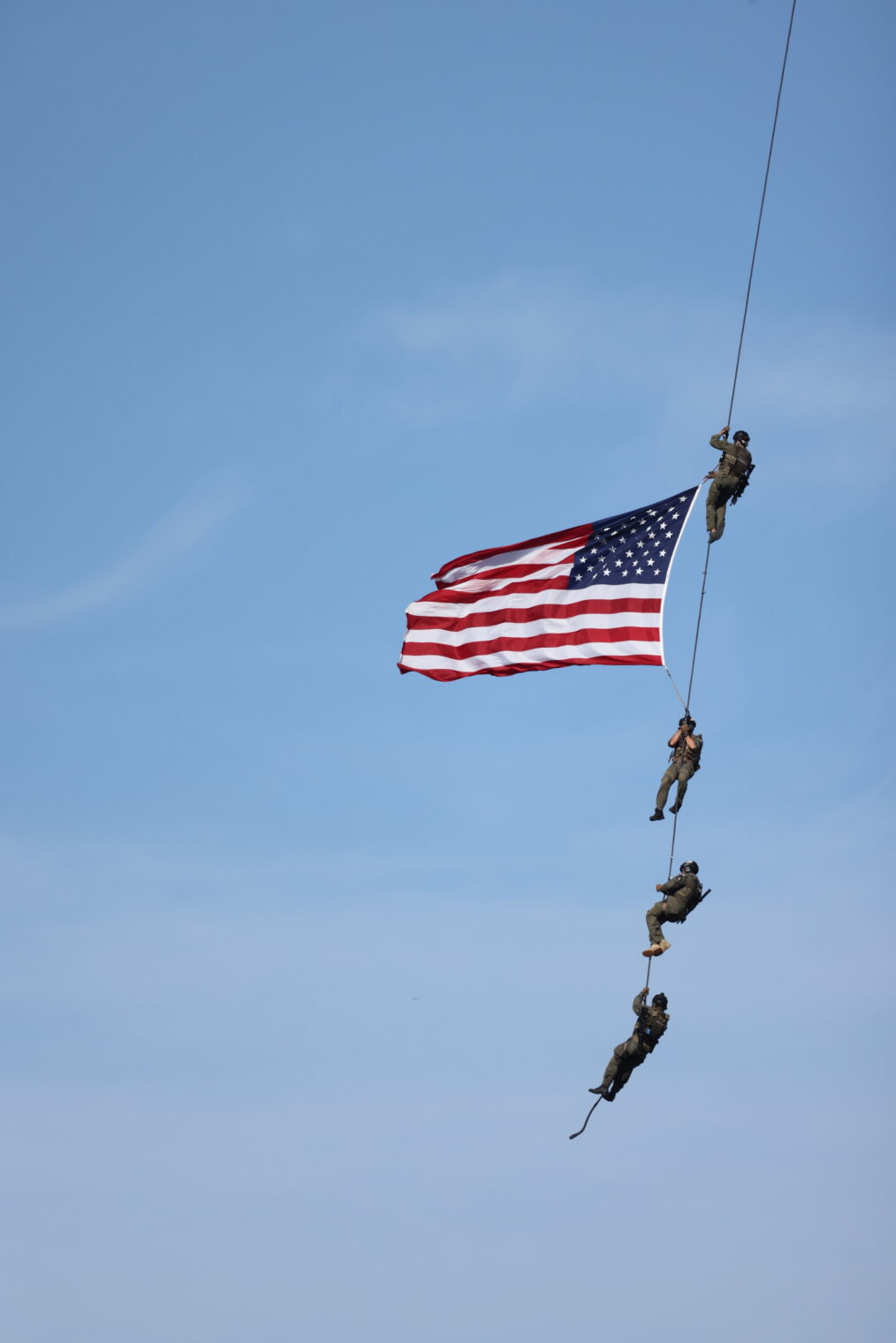
As a long time SLR user, how are you finding the video viewfinder?
John: I’ve been using the eye-level viewfinder almost exclusively (old habits die hard!). It seems natural. I haven’t played around with the exposure simulation feature of the viewfinder. It seems as though you can set it (1) always standard brightness, (2) show exposure simulation when depth of field preview button is pressed, or (3) always show likely exposure.
I am a little confused. Both the R5 and the R6 are mentioned?
Phil, did you have an R5 (mentioned at the beginning of the article) or R6 (mentioned at the end)? Enjoyed the variety of images and quite impressive the AF in some of those situations.
Sorry! It is the $4000 R5
Finally noticed it’s fixed at F/11 so the depth of field you see is what you get. It was impossible to see through even an F/8 lens, back in the day. F/11 is a different beast in the age of electronic viewfinders & stabilization, but it’s too bad they never made one for the 10 years of mirrored cams with live view.
Yes. The lens wouldn’t work at all well on old-school DSLRs. It is outside the box thinking!
Just for the record, VTOL is never a good idea. Unreliable and therefore dangerous.
That doesn’t stop the military contractors from trying.
I’m surprised you were able to get adequate shutter speeds with such a small aperture. I myself switched from Canon EF to Fuji X then to Nikon Z just for two lenses: the 300/4 PF and 500/5.6 PF (what in Canon land is called DO).
As for the clock, a couple of years ago my New Year’s resolution was to switch all my cameras to UTC so I would never again have to deal with the nuisance that is DST (it helps I now live in London, so at worst 1 hour off).
Despite it filling the whole frame, the C17 pictures are very good in my eyes. Some burger company like DQ should rent a C17 for a commercial, maybe featuring the Loaded A1 Steakhouse Burger or something from Arby’s, maybe a “Pulled Pork Super Porker” or something. It’s the Shaquille O’Neil of military aircraft and showing it lumber through the sky to airdrop skids of SINGLE huge burgers, one per skid, would be epic.
https://www.dairyqueen.com/en-us/menu/loaded-a1-steakhouse-burger/
Congratulations. $6,000 is worth the money to my eyes, especially given the other specs.
Separately, on the Osprey photos: What happens if small arms fire strafes the engines and a 7.62 bullet manages to hit what looks like the exposed hydraulic lines on the engine/propeller nacelles? They’re just hanging out there in the breeze, it looks like.